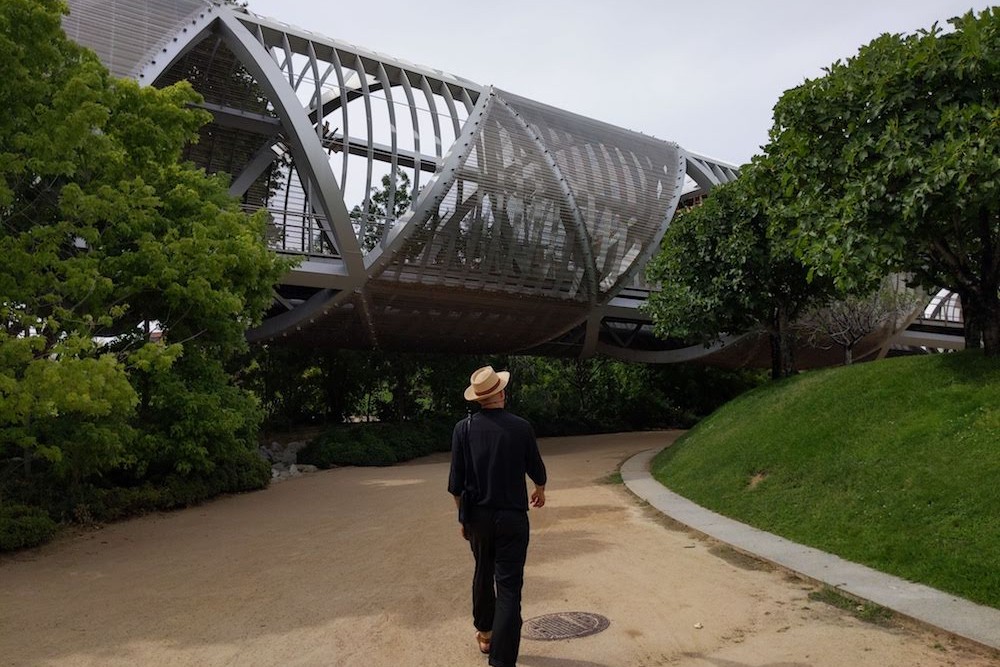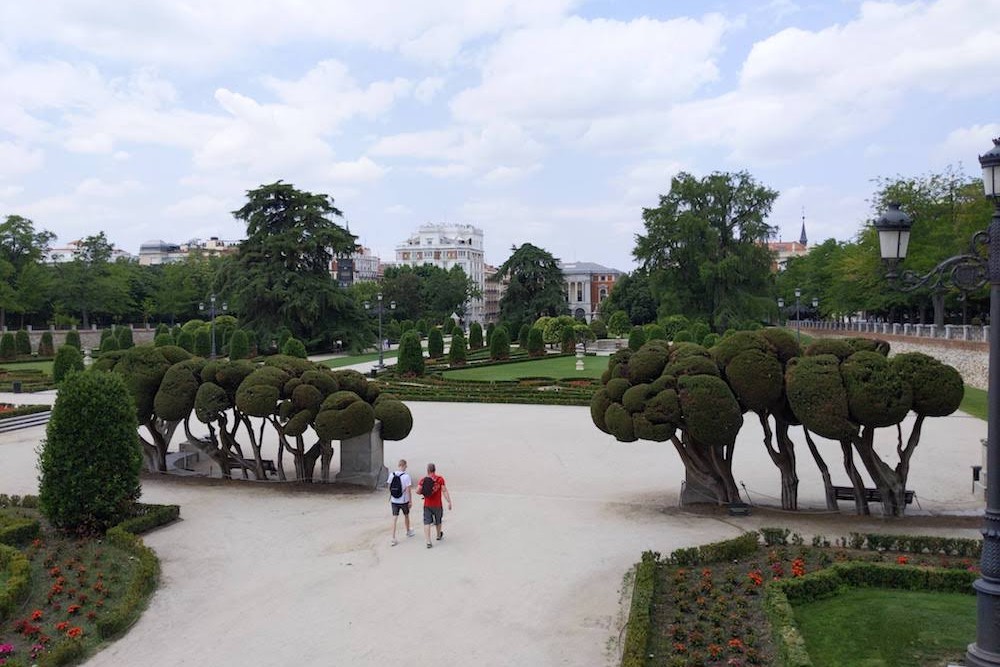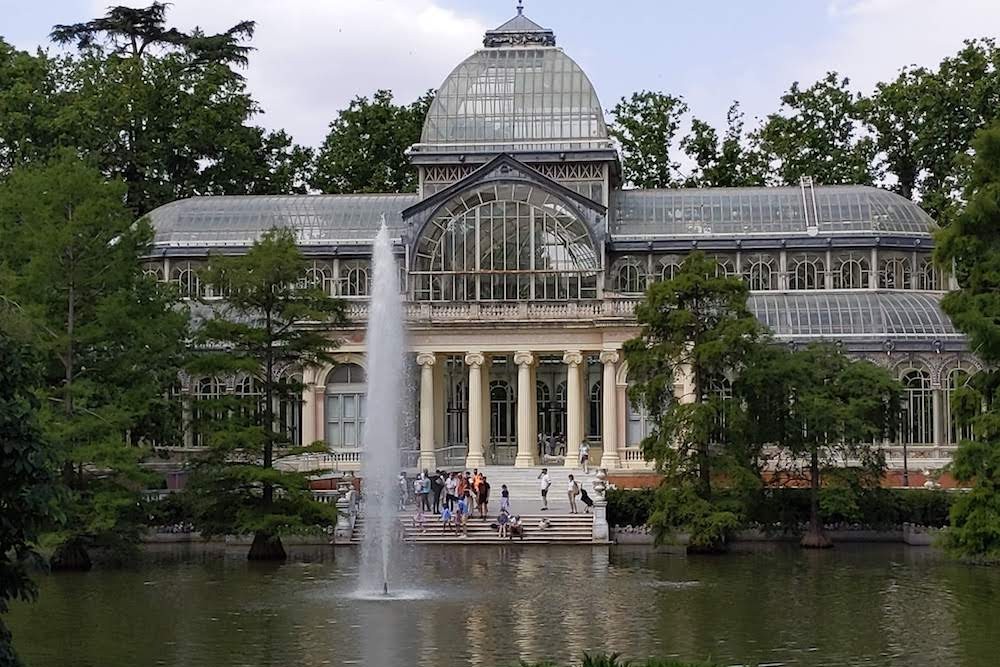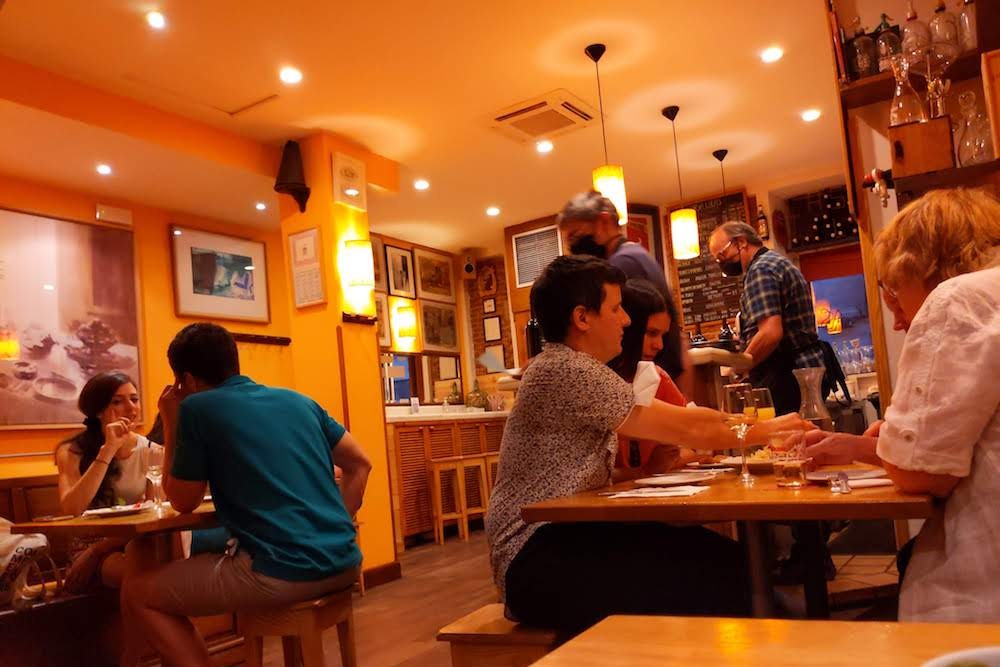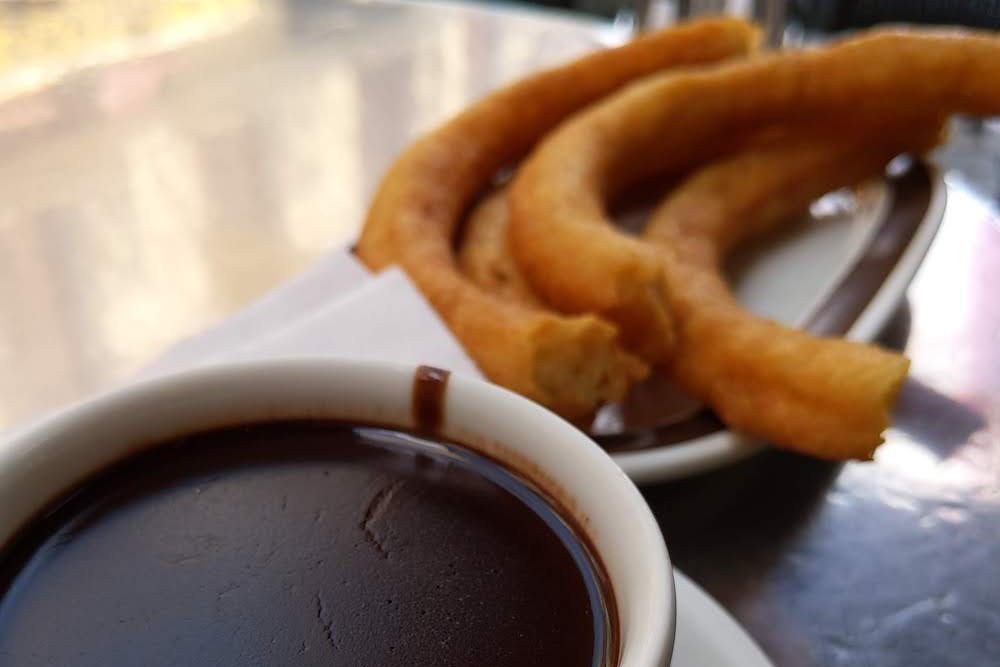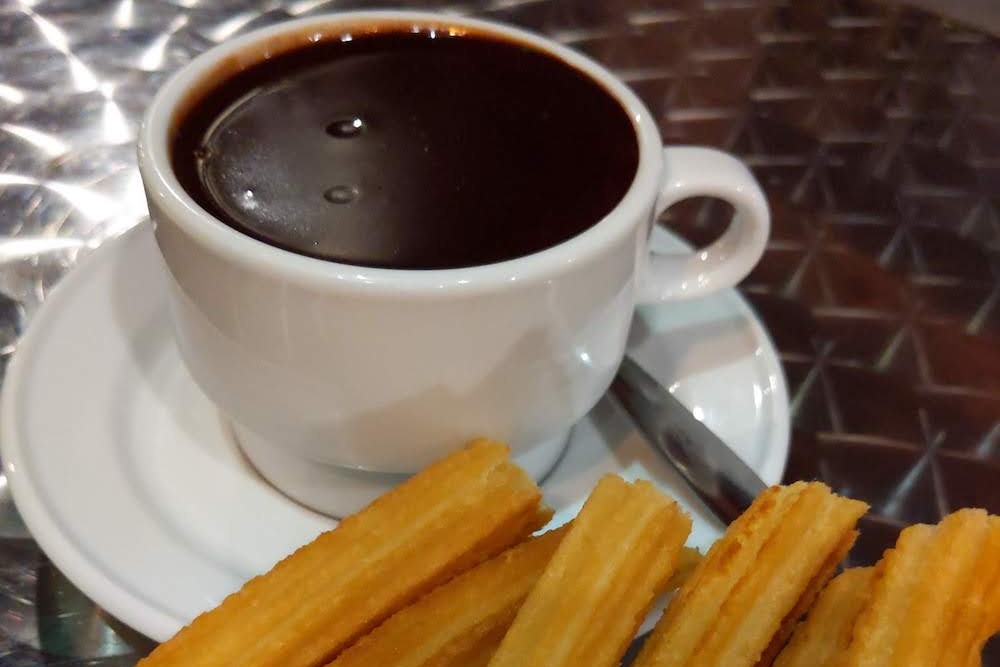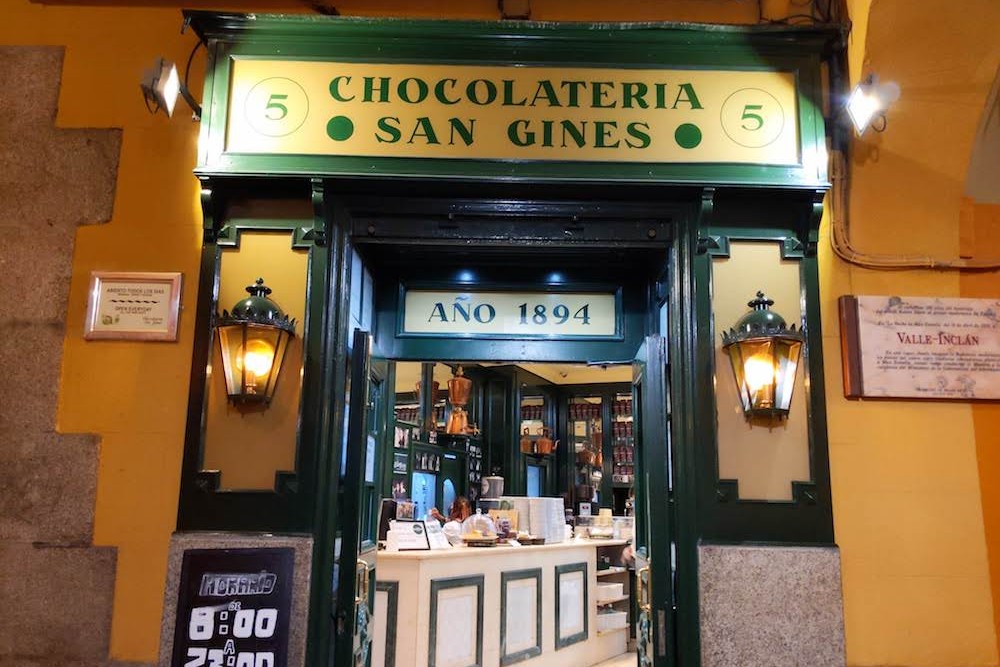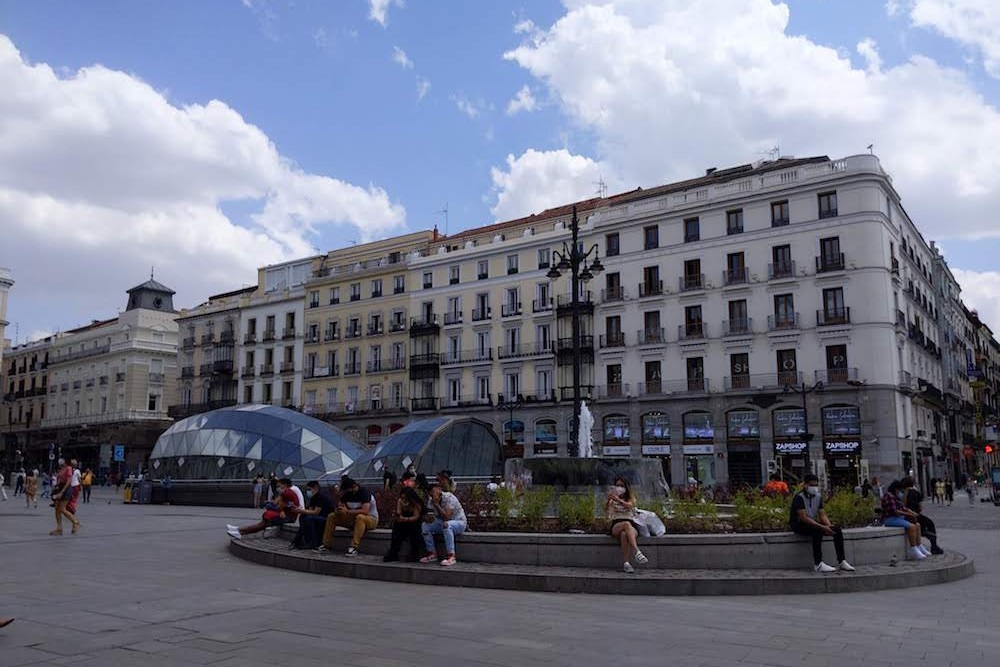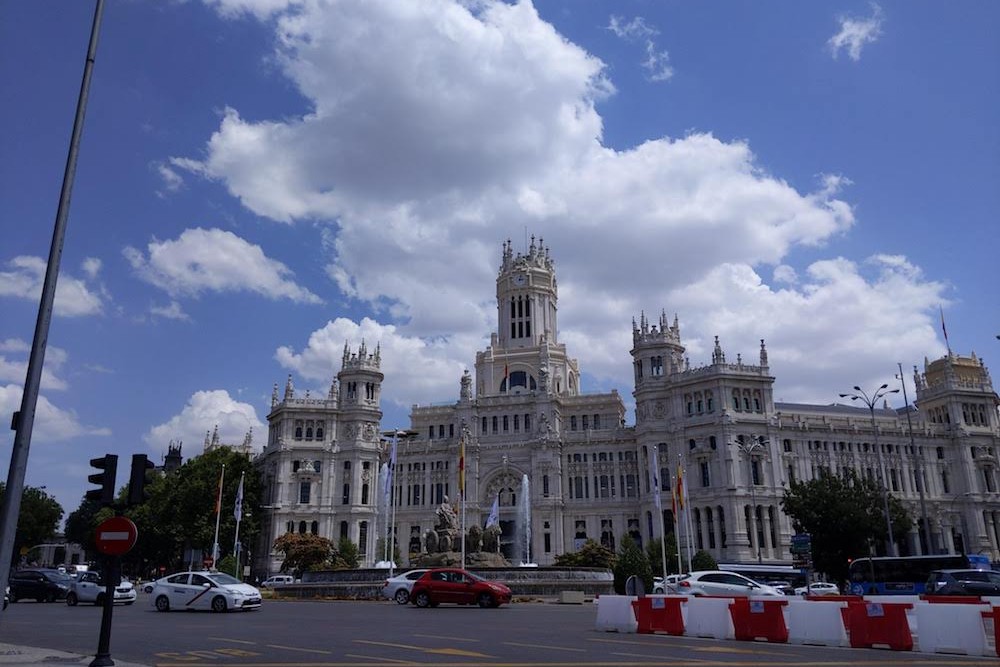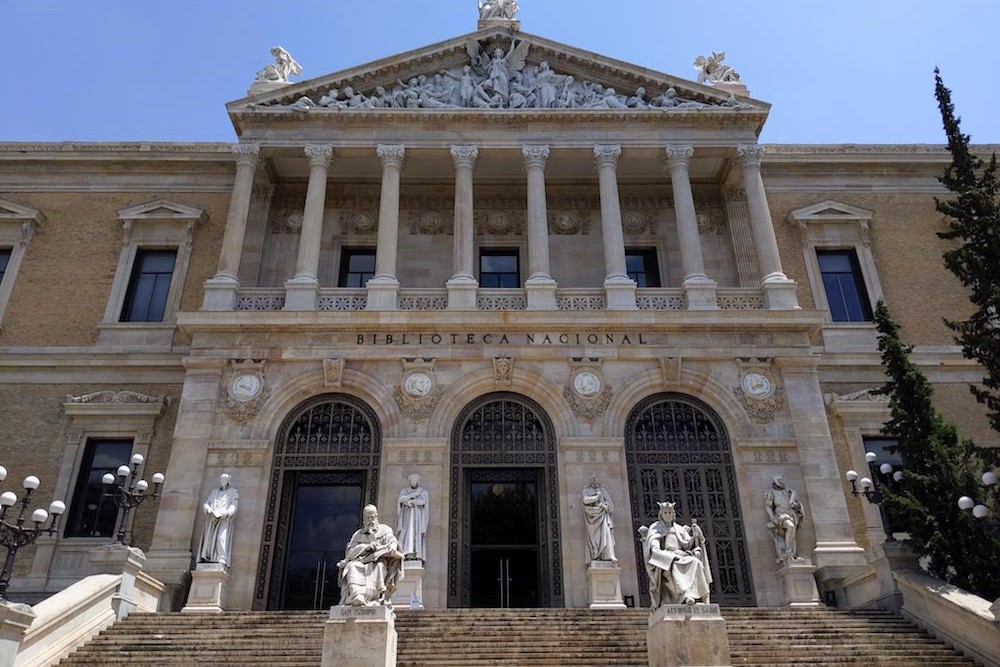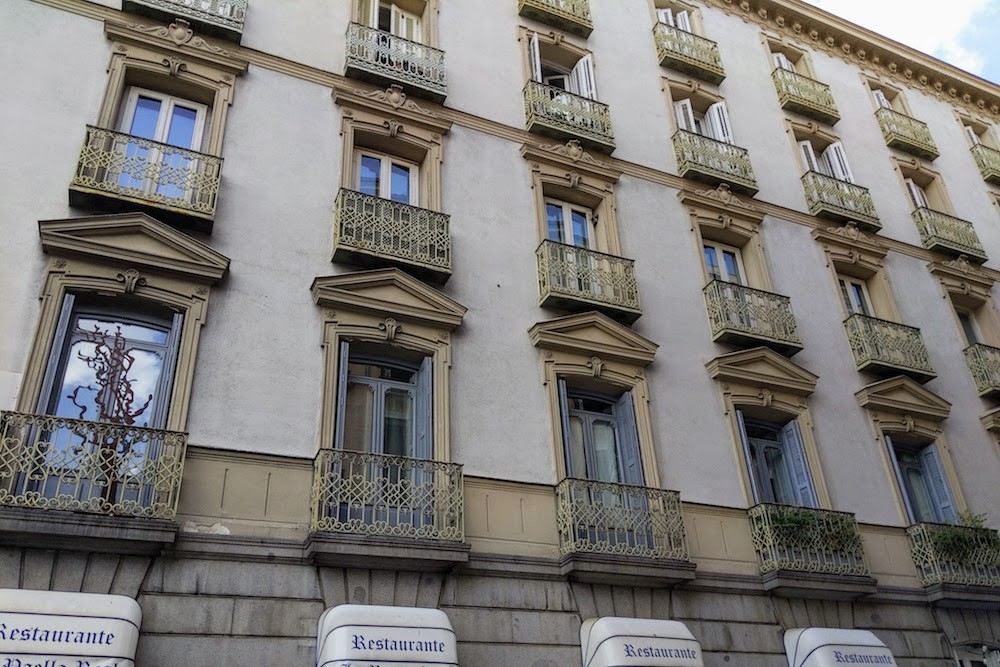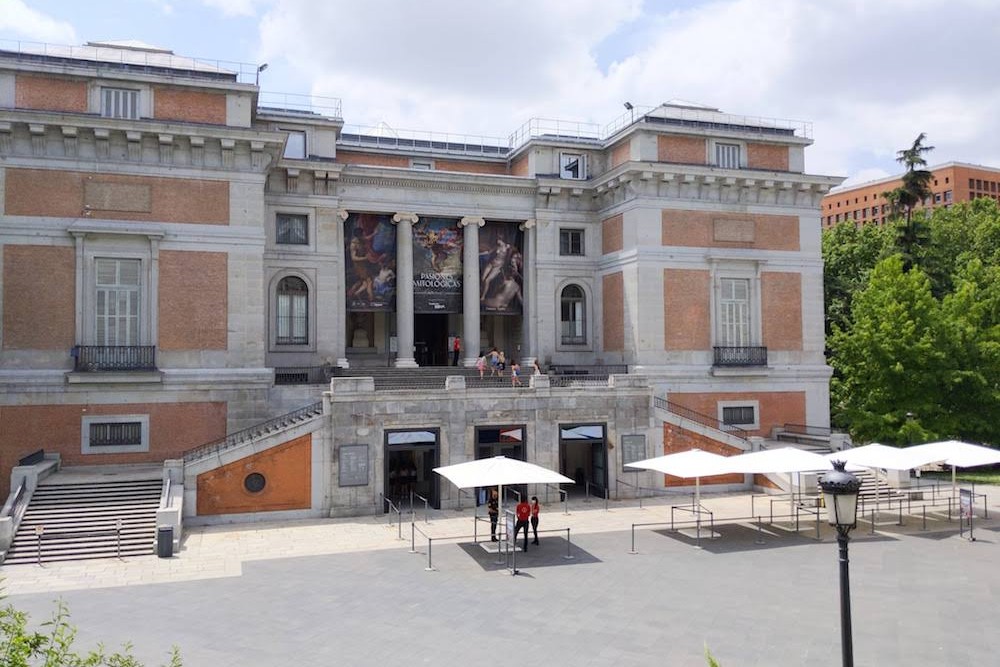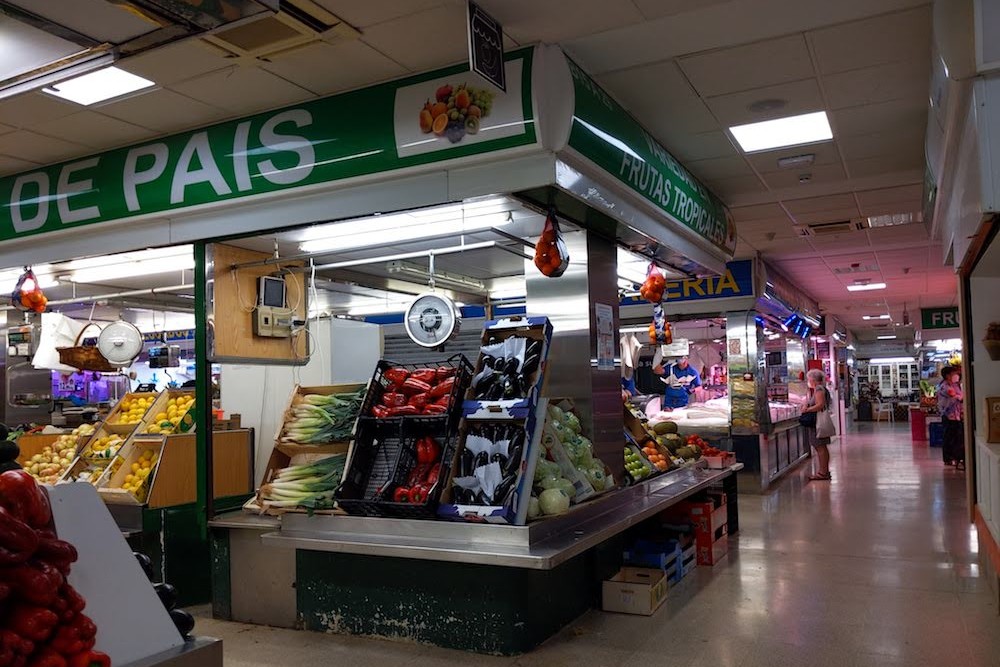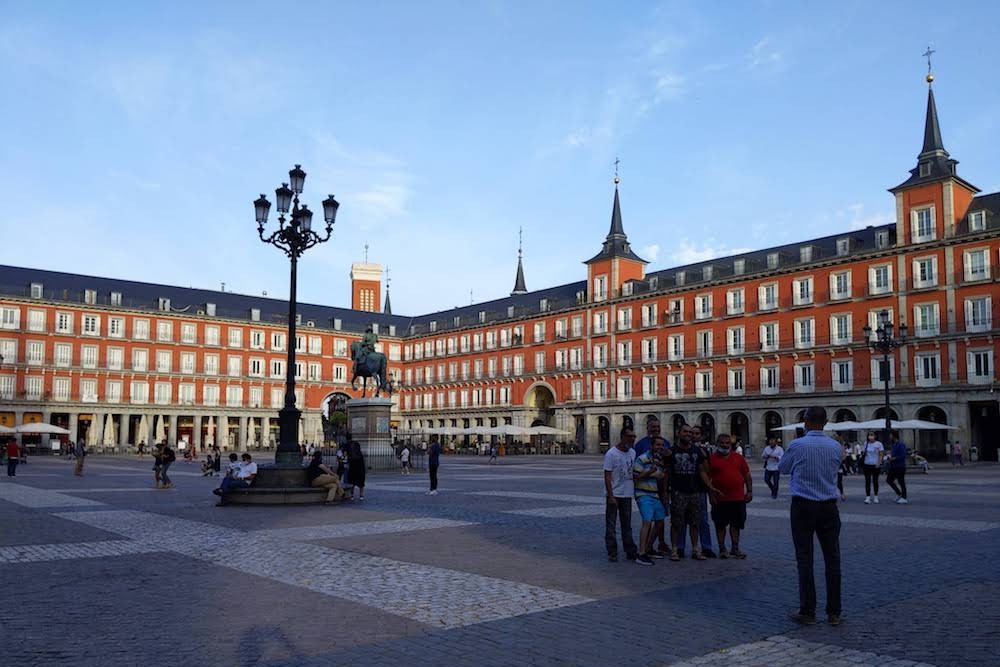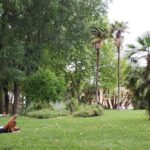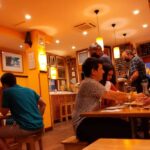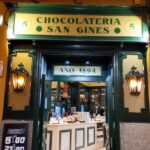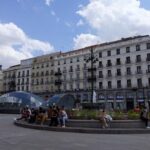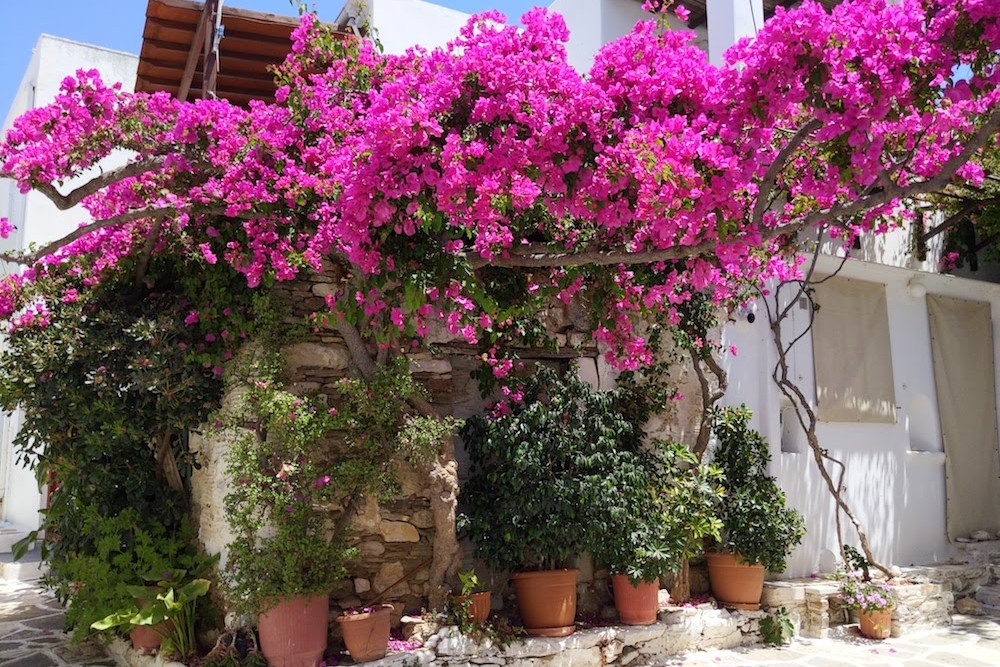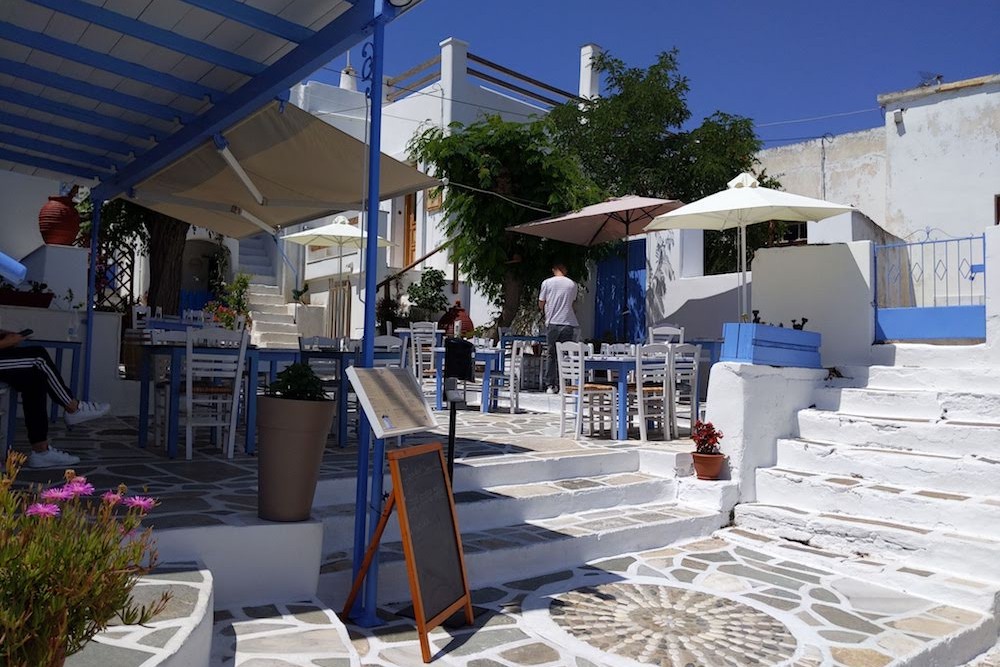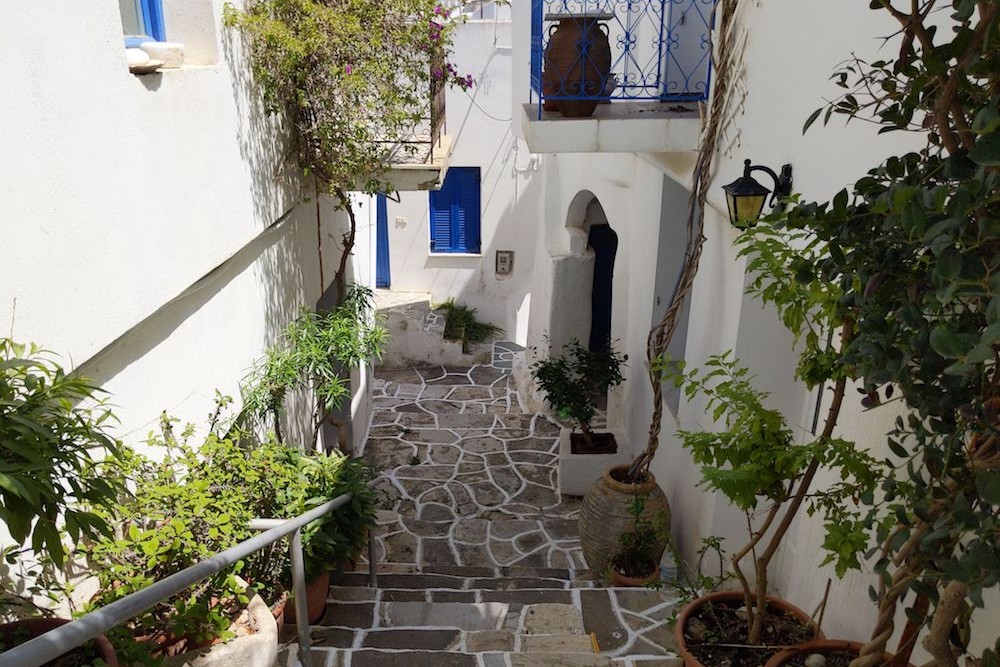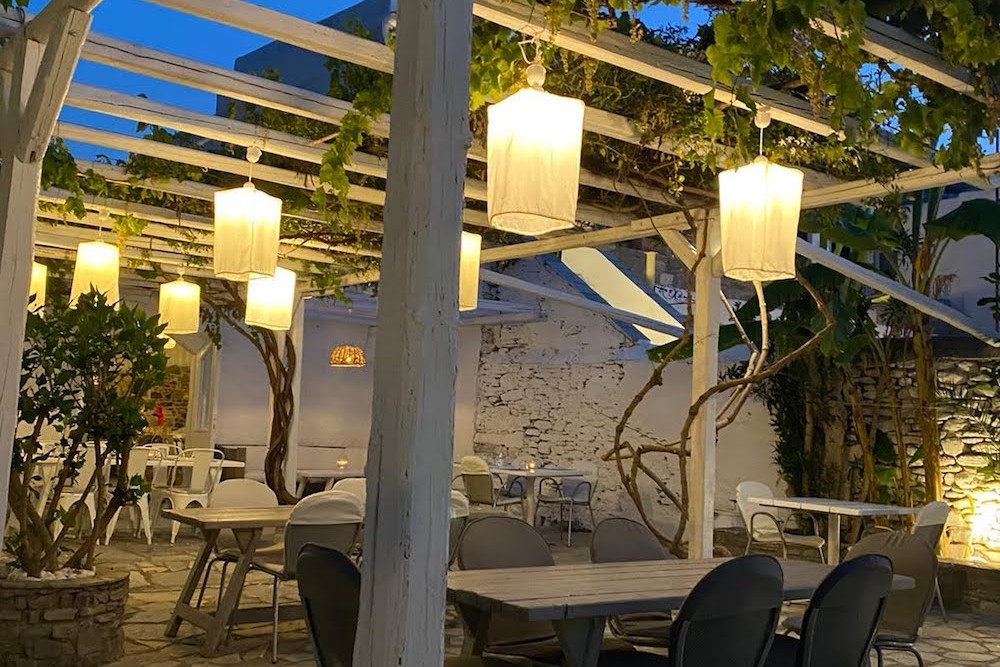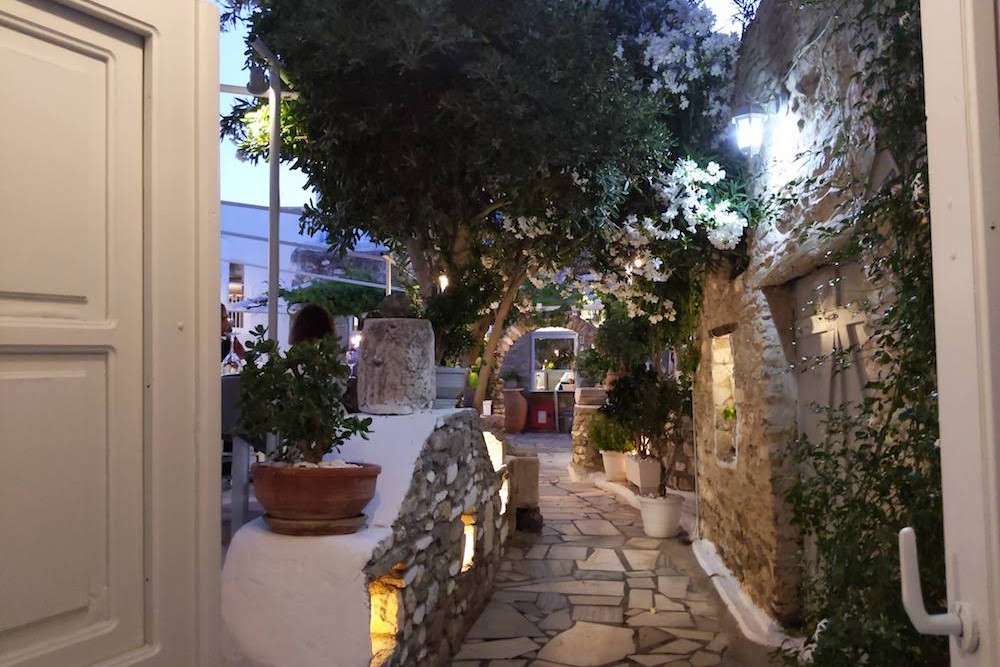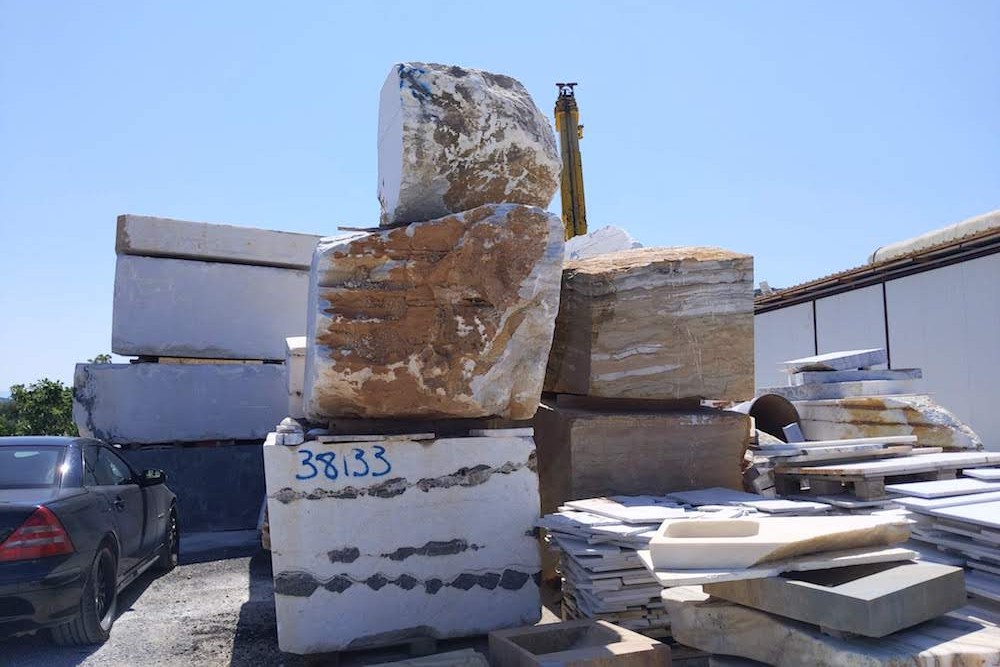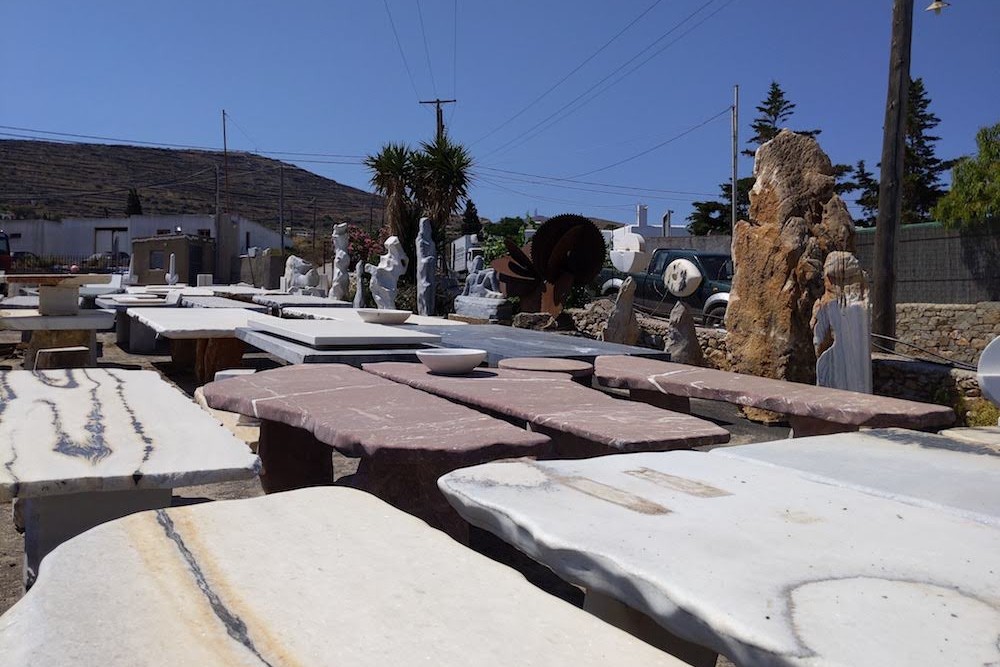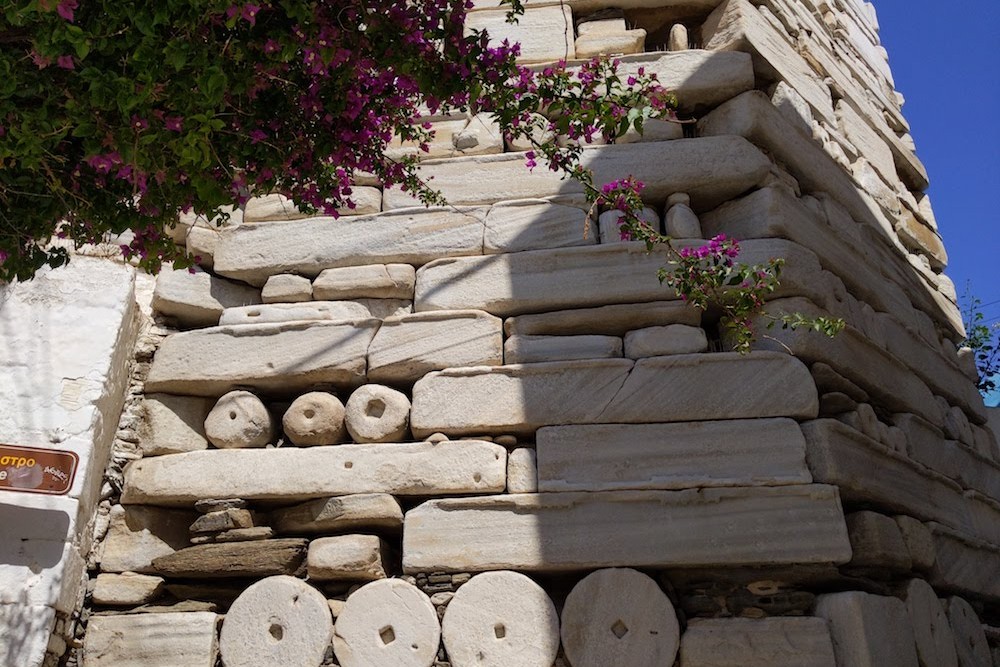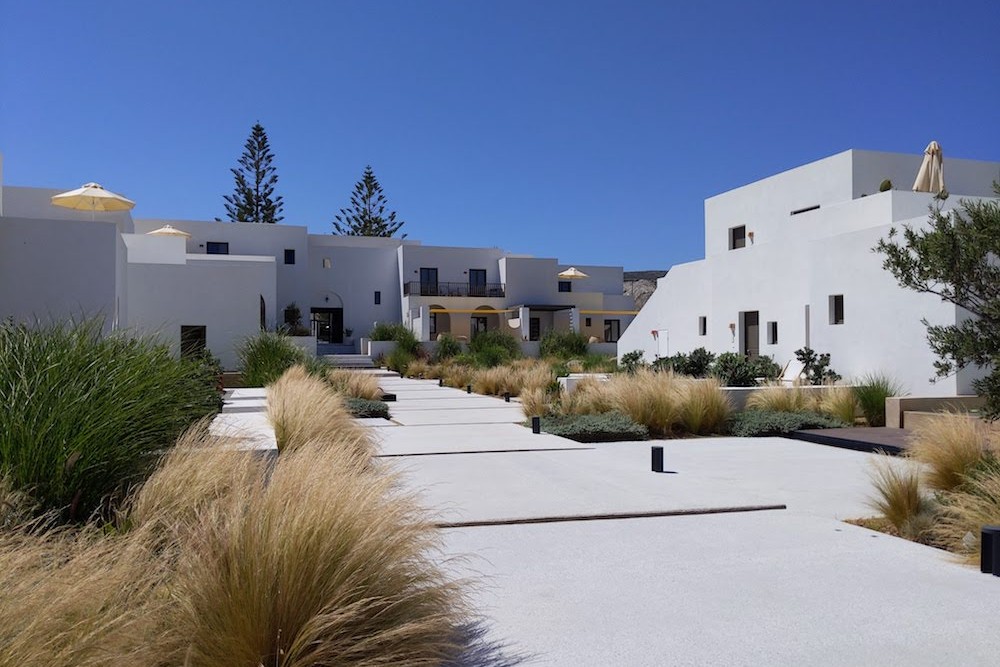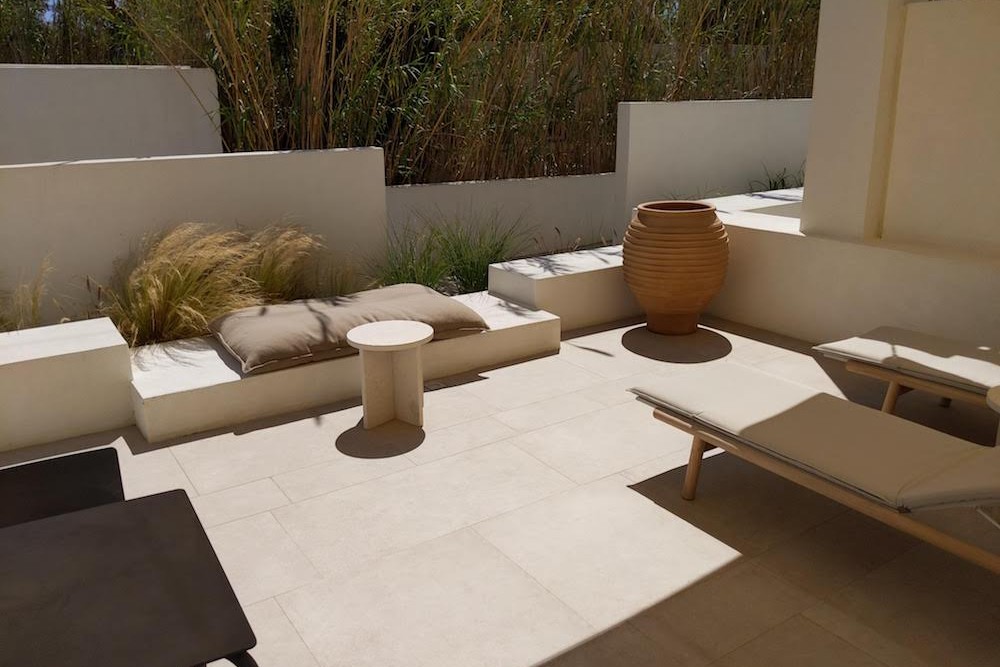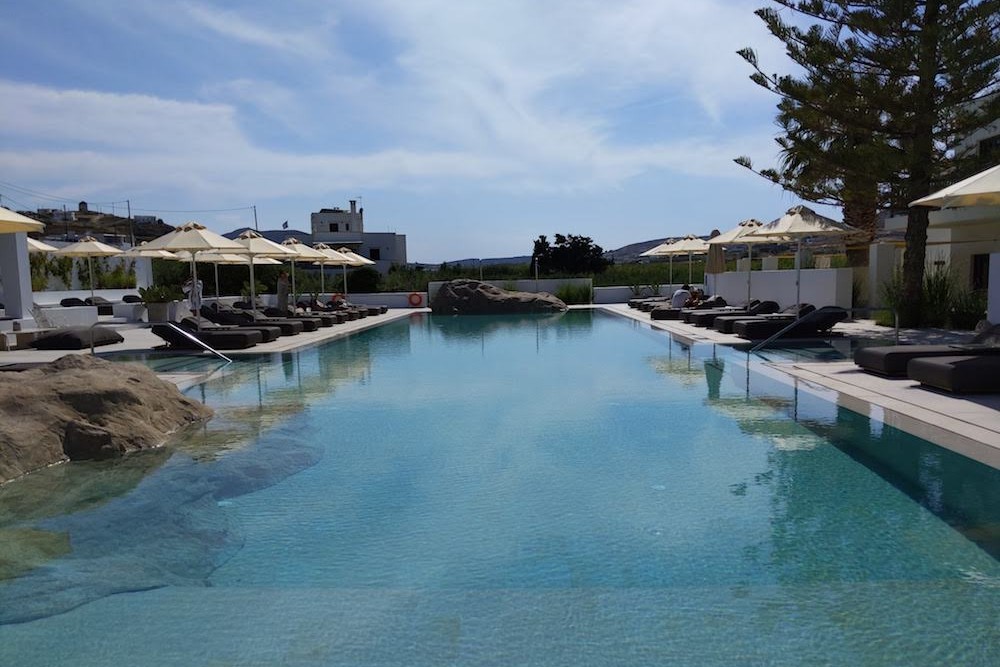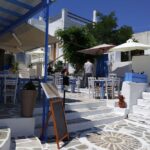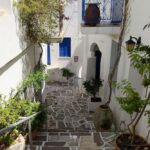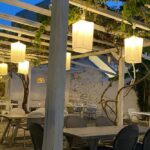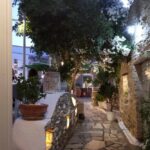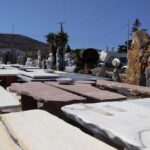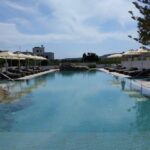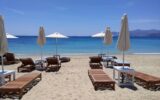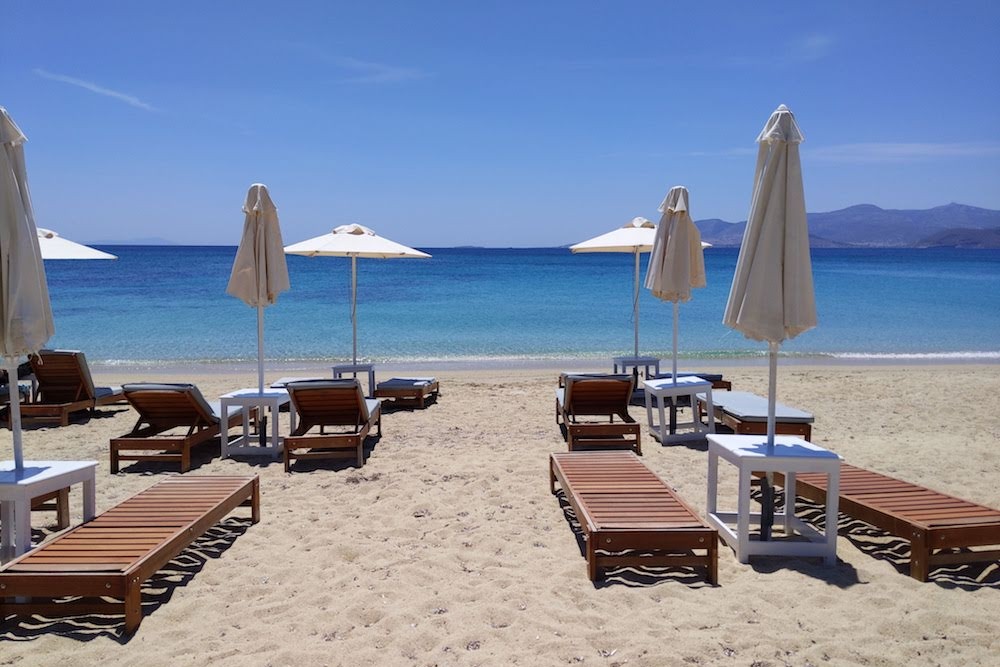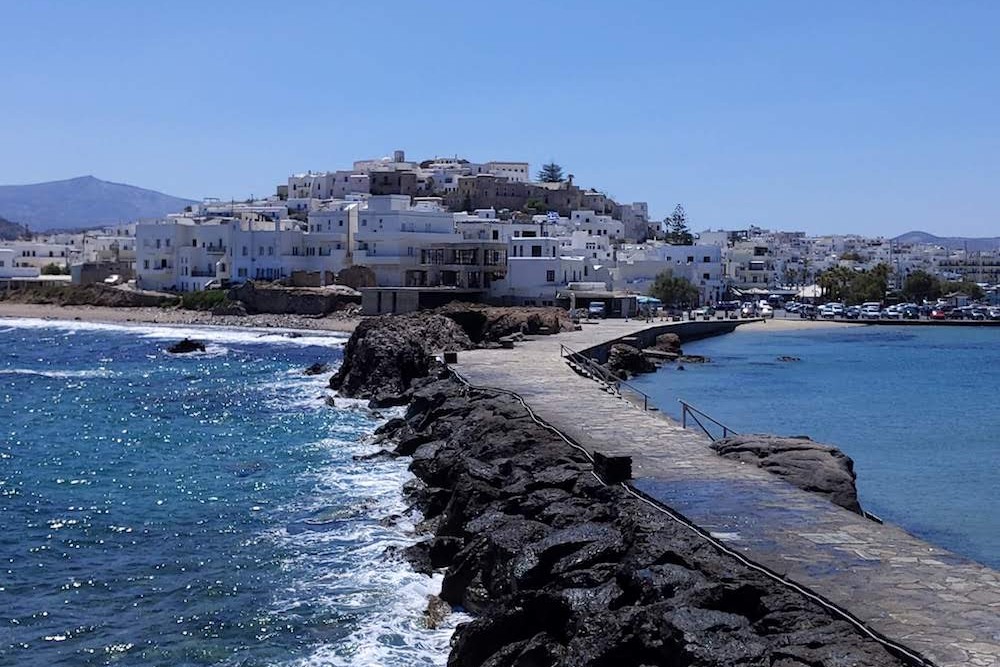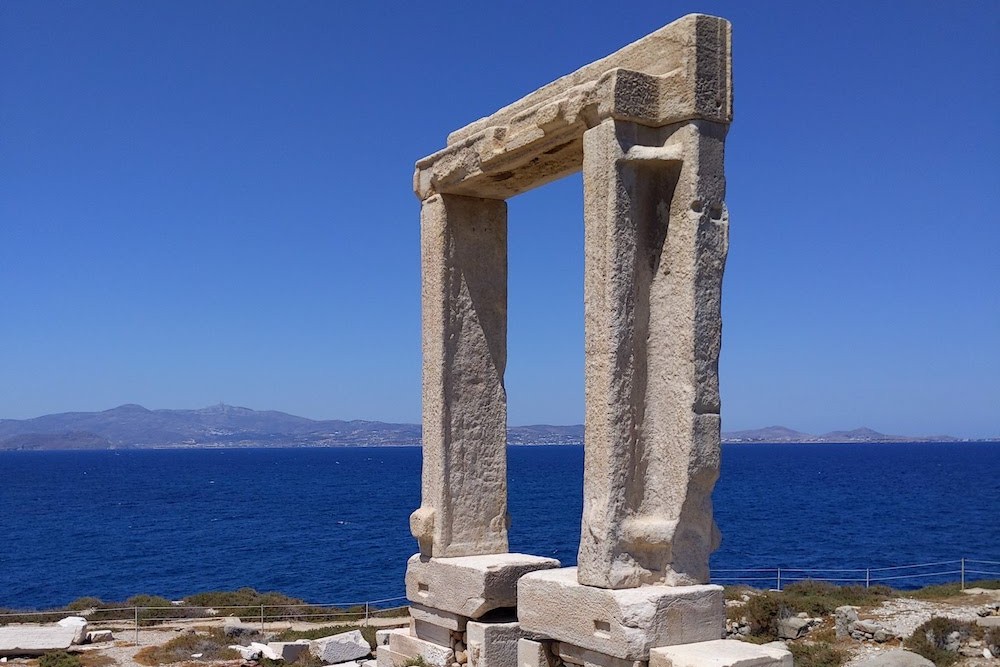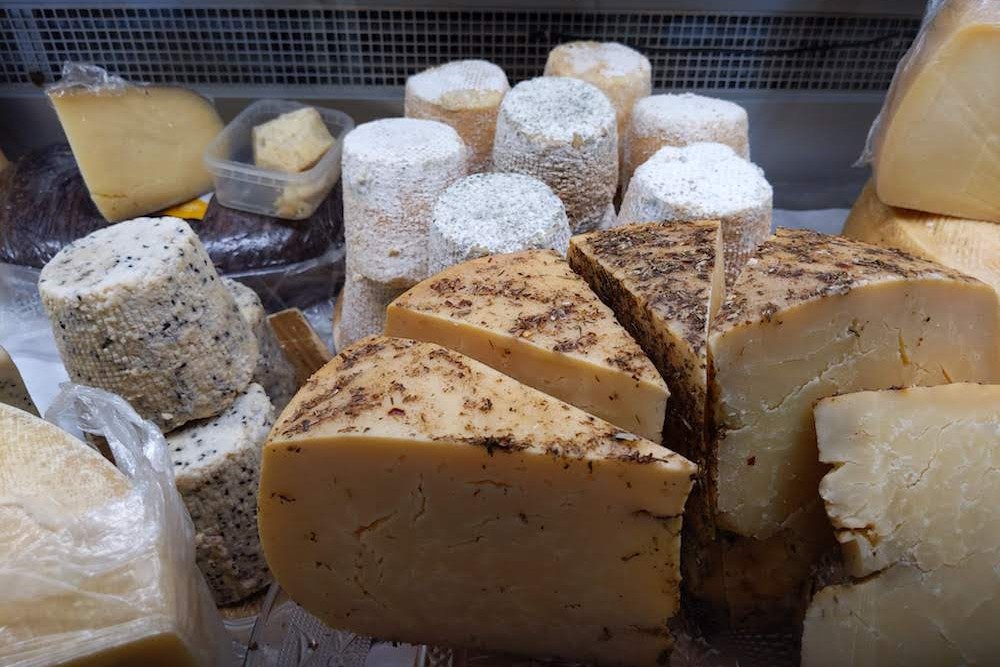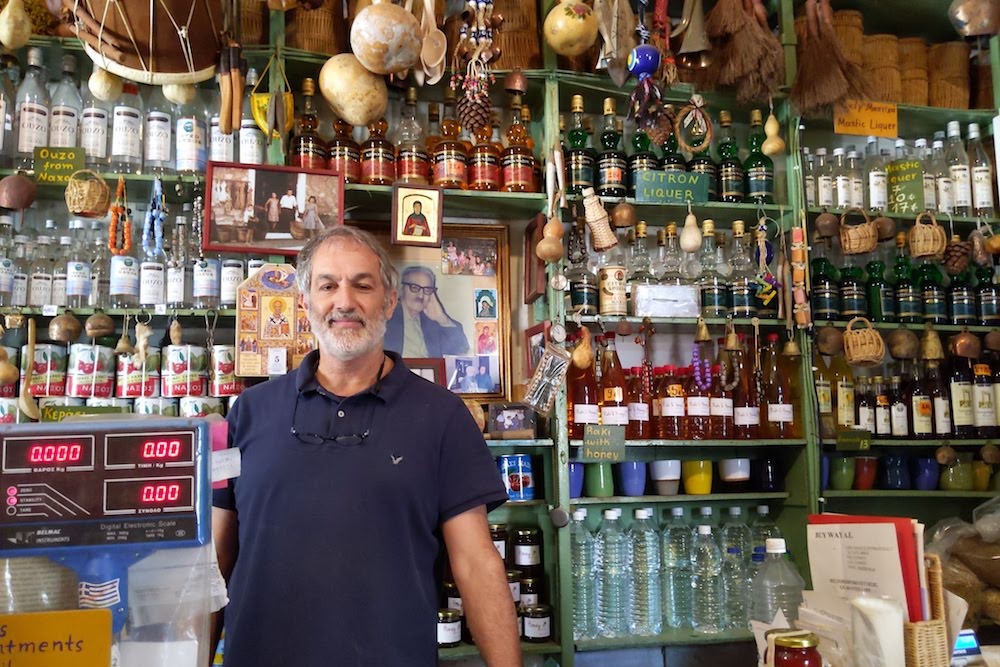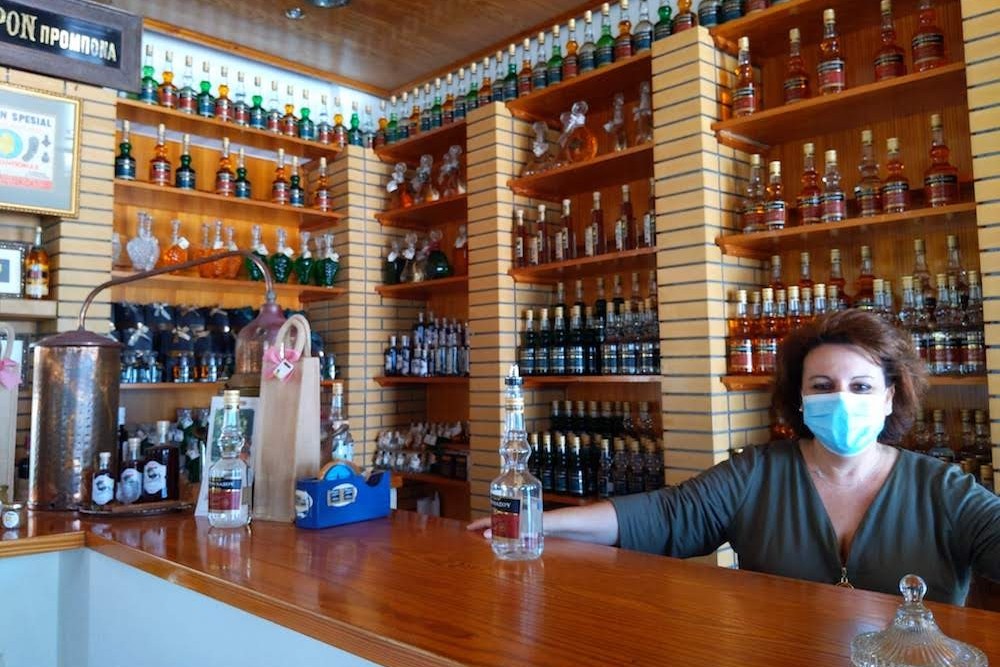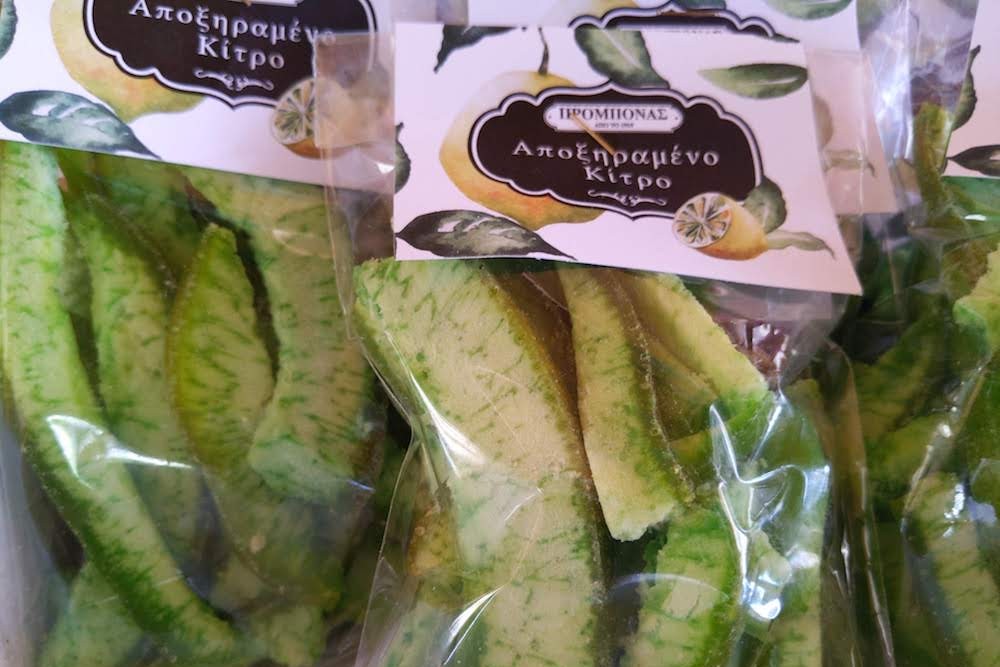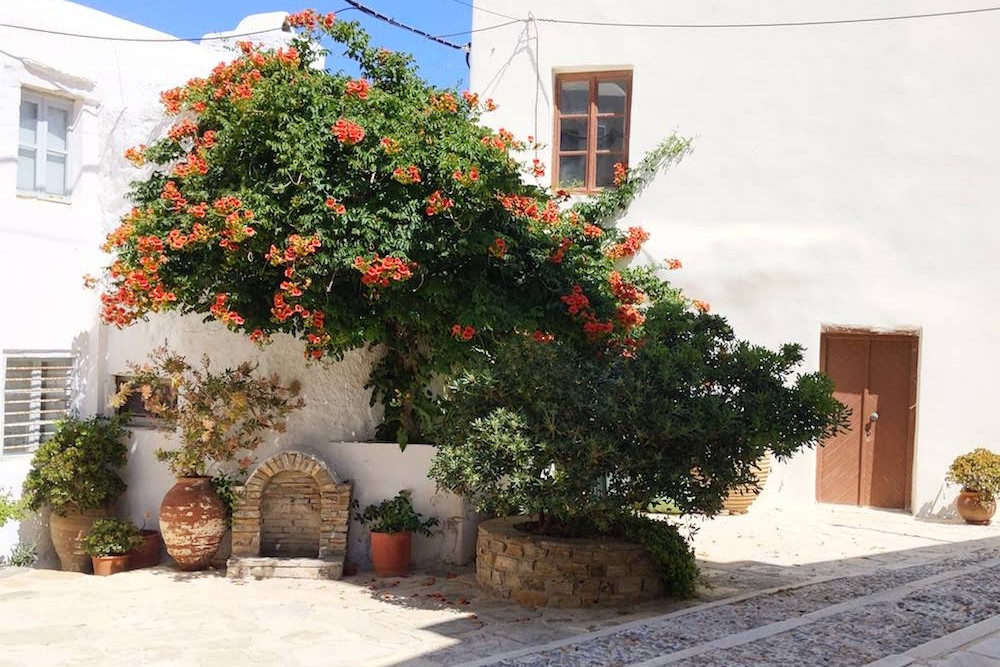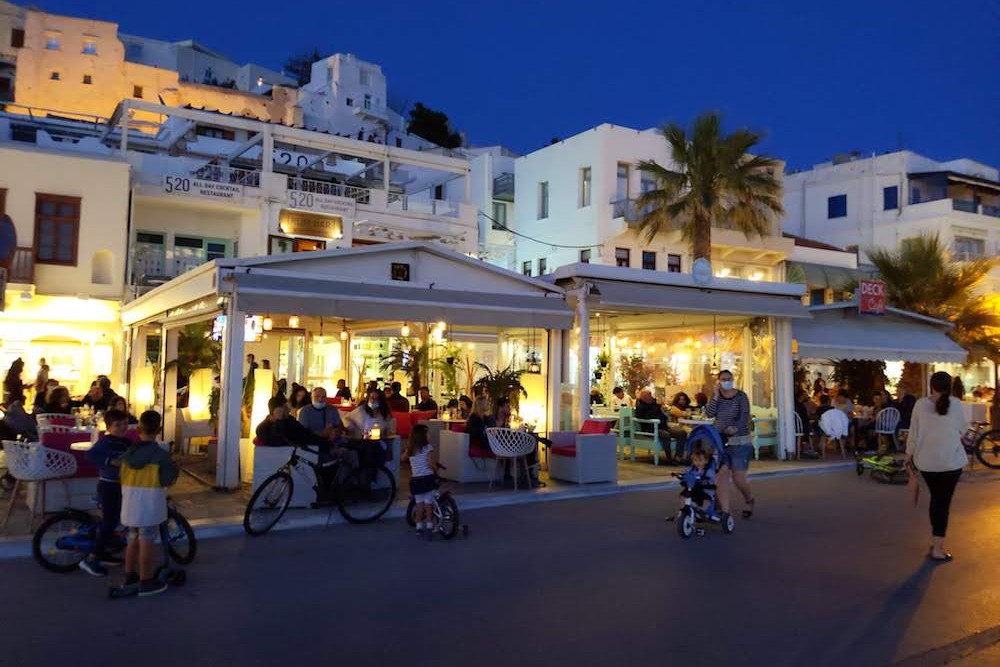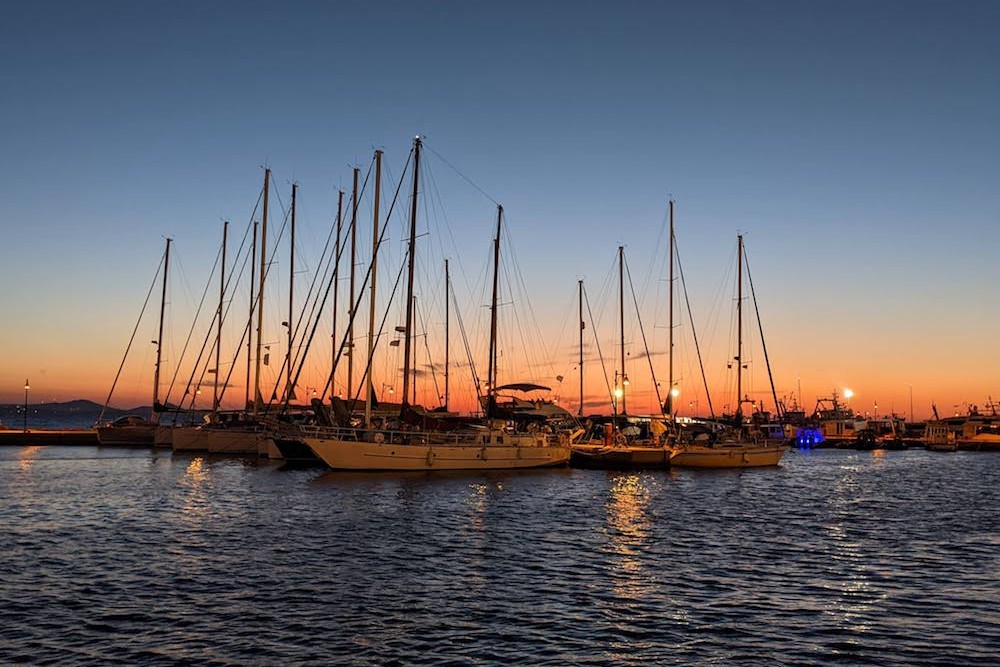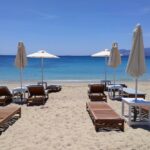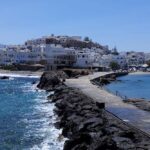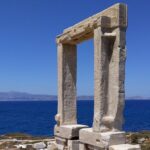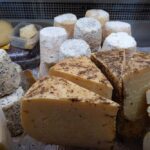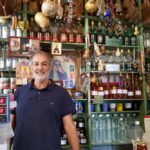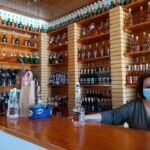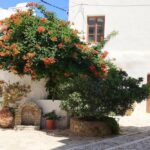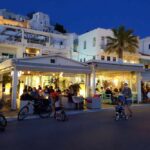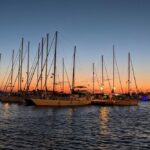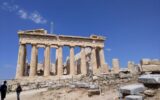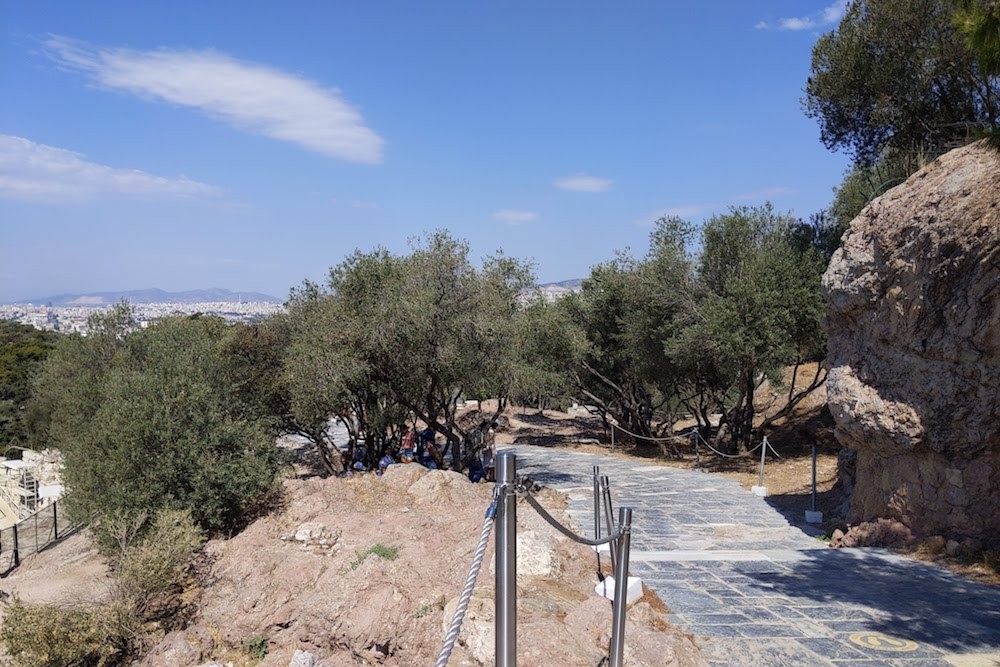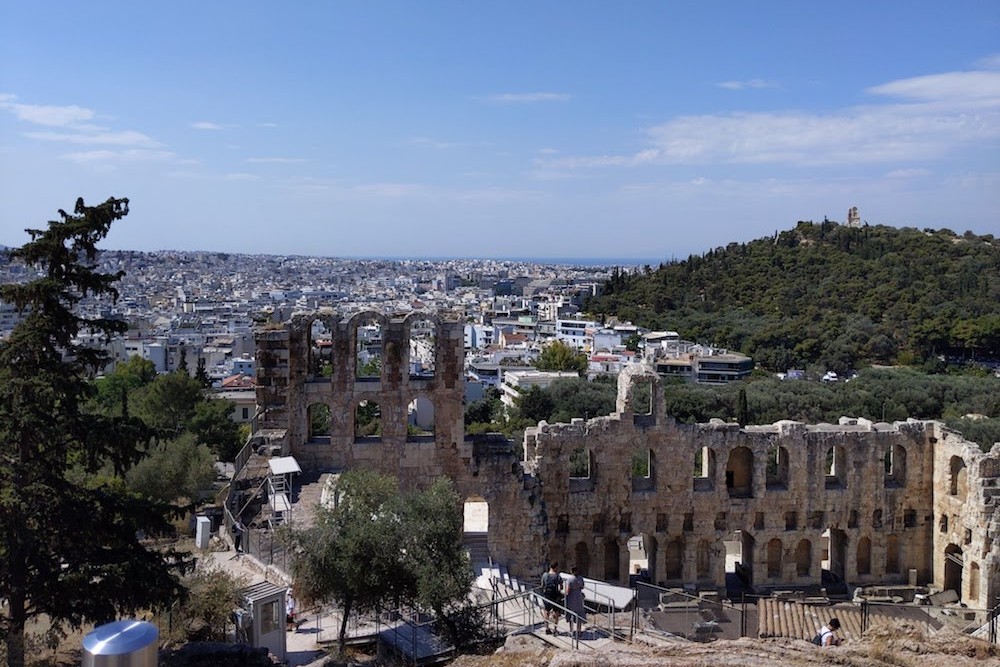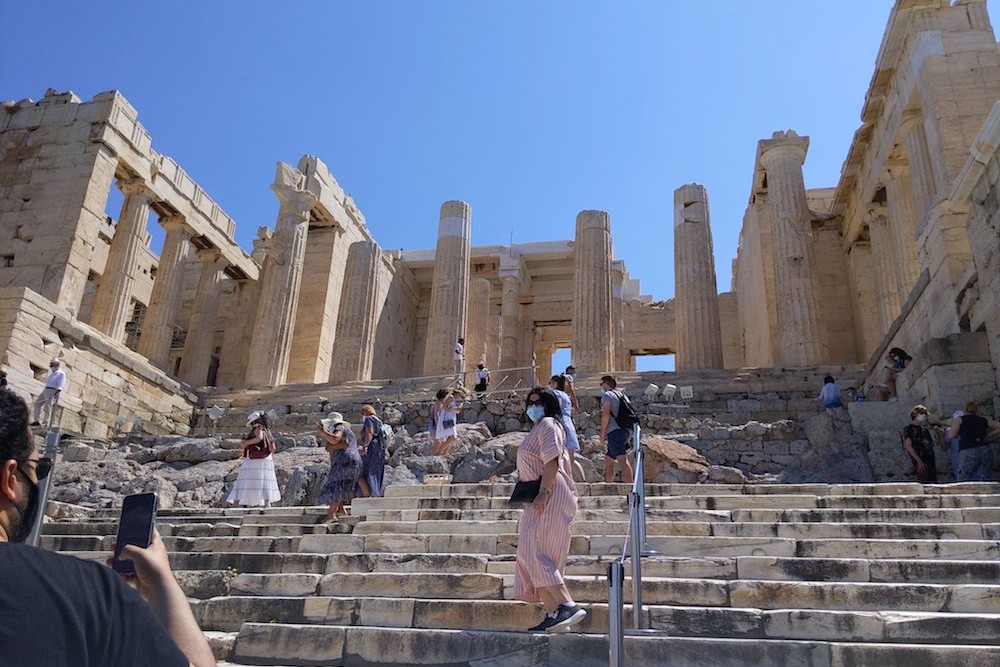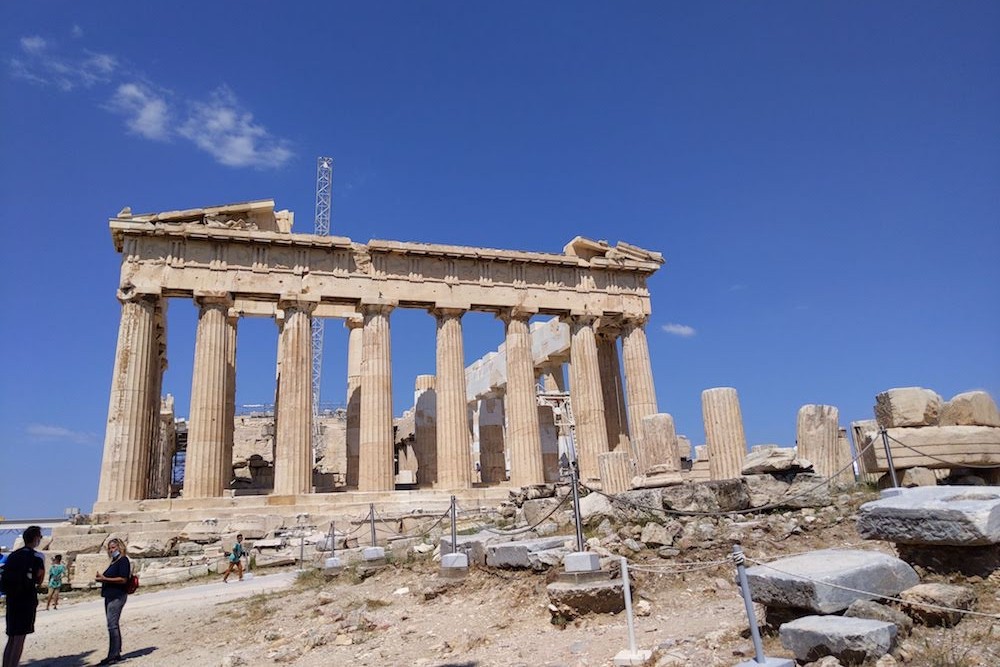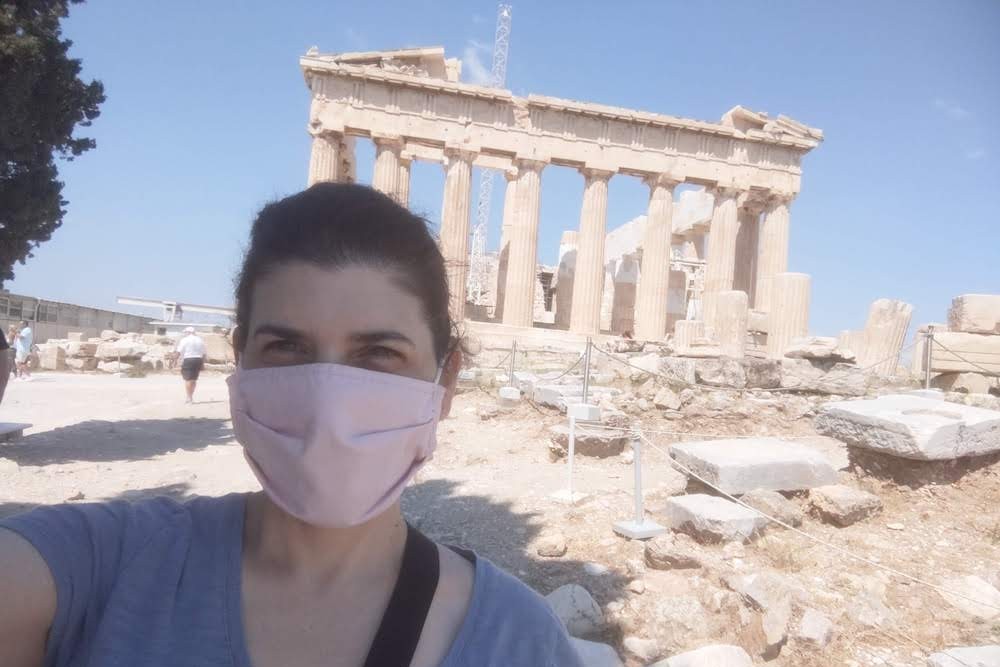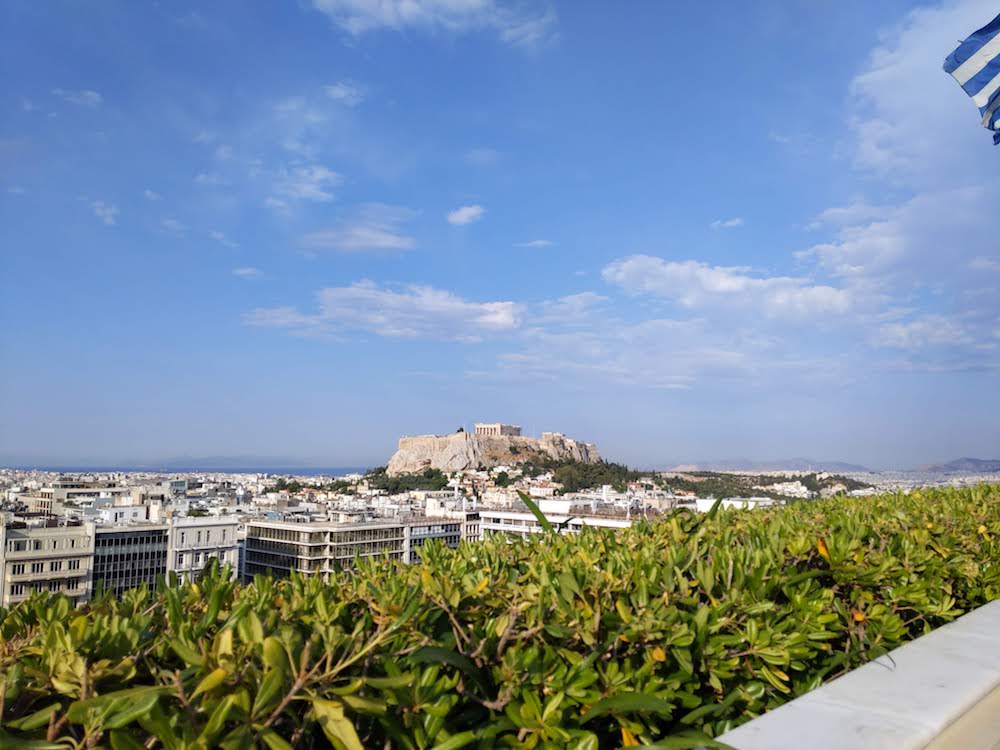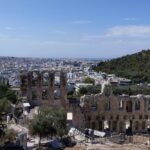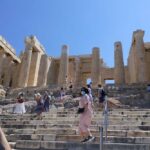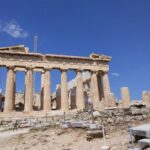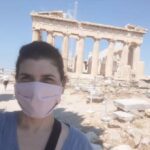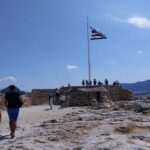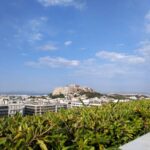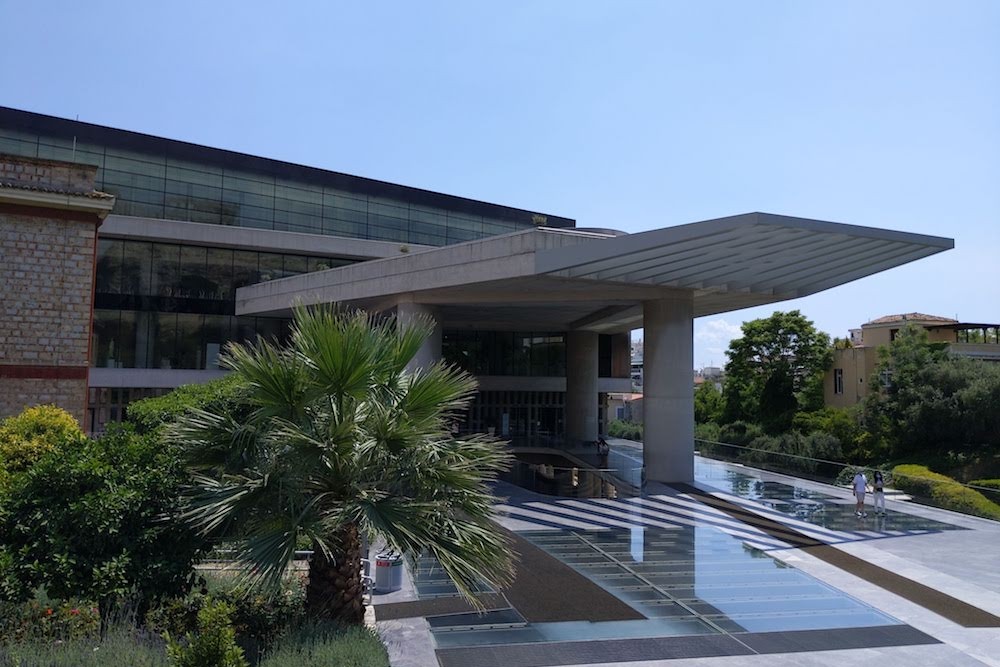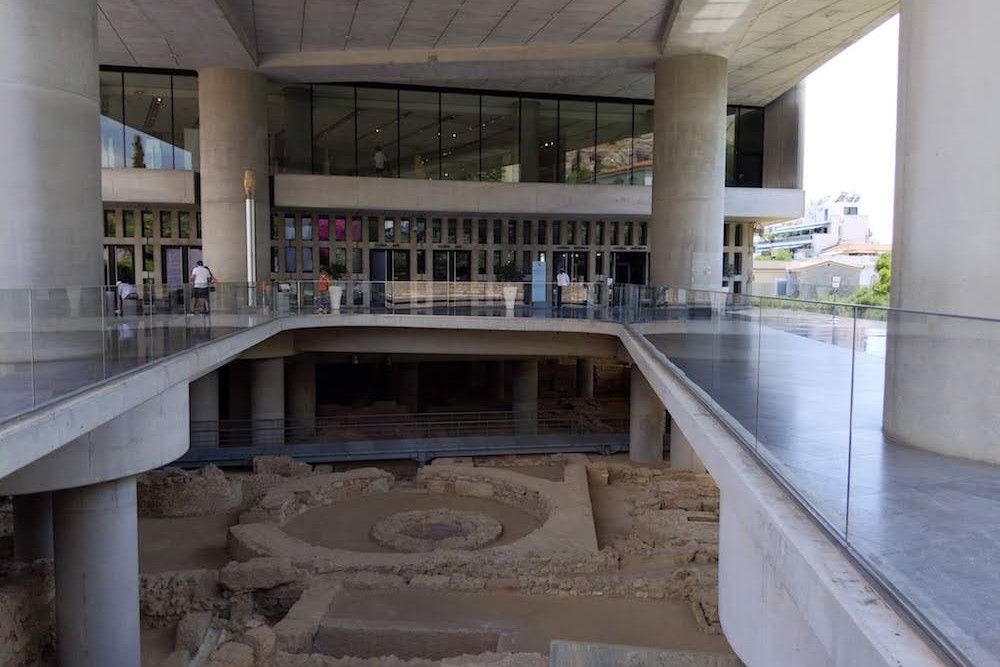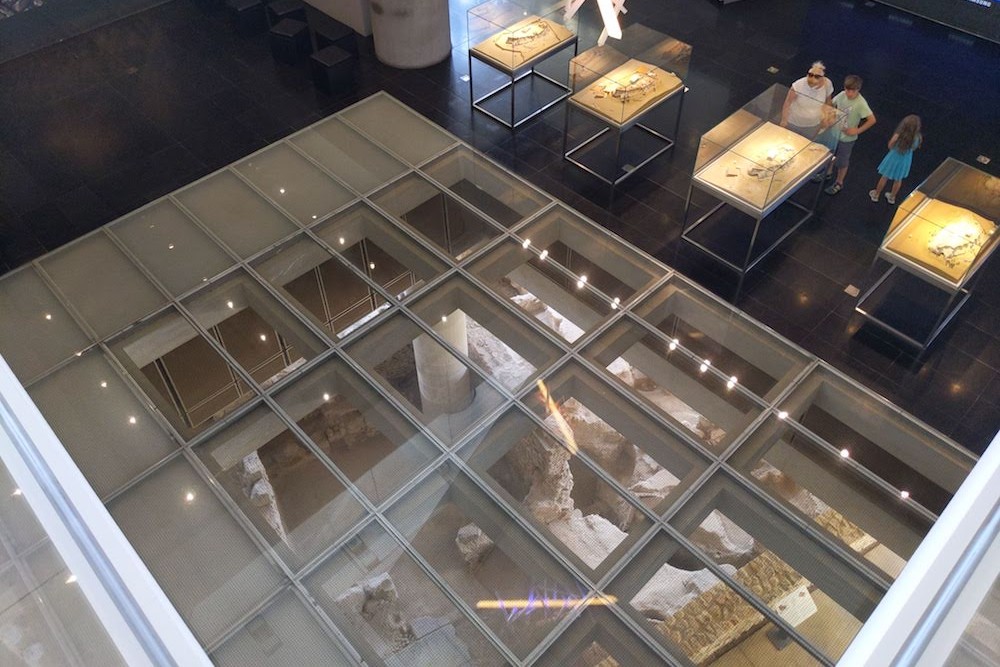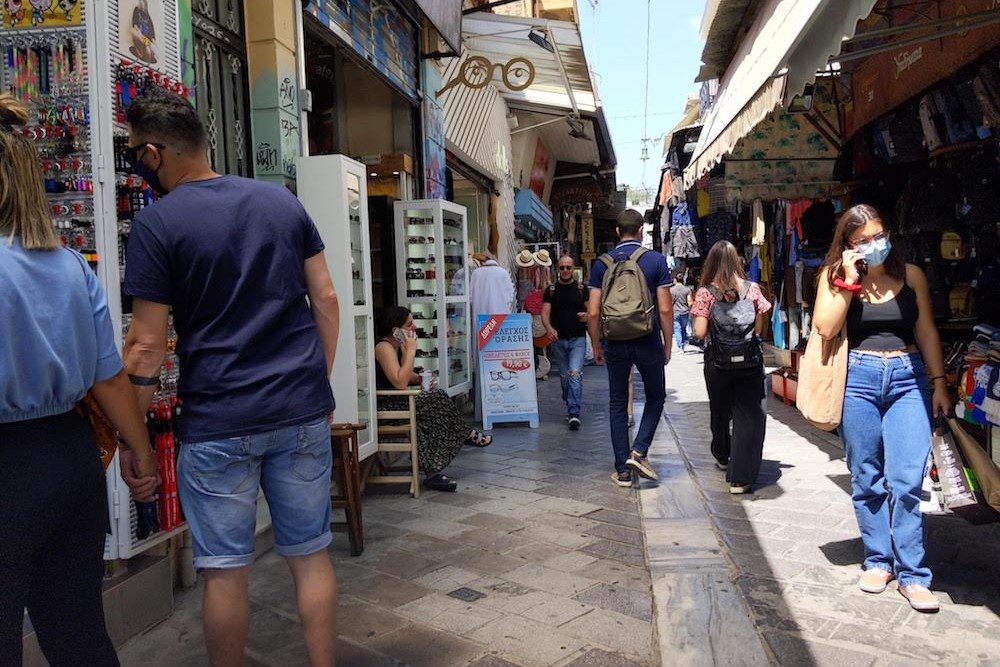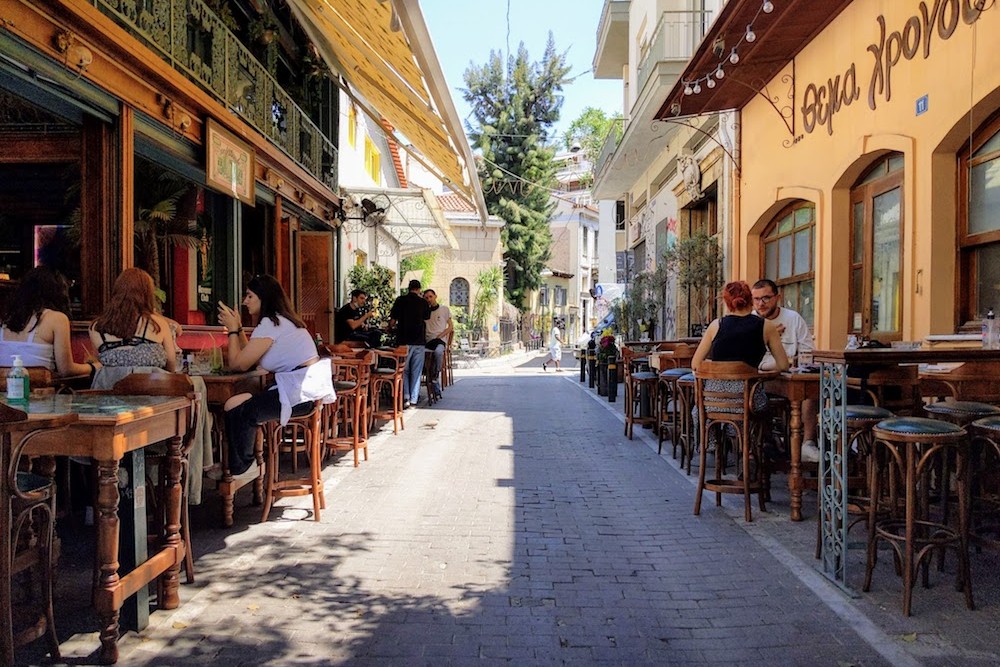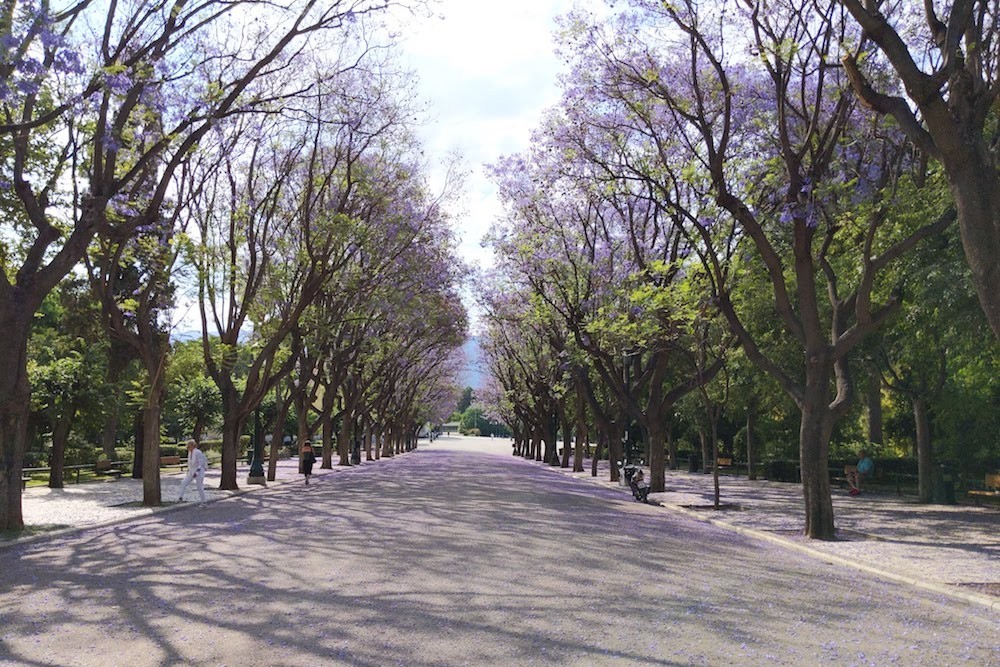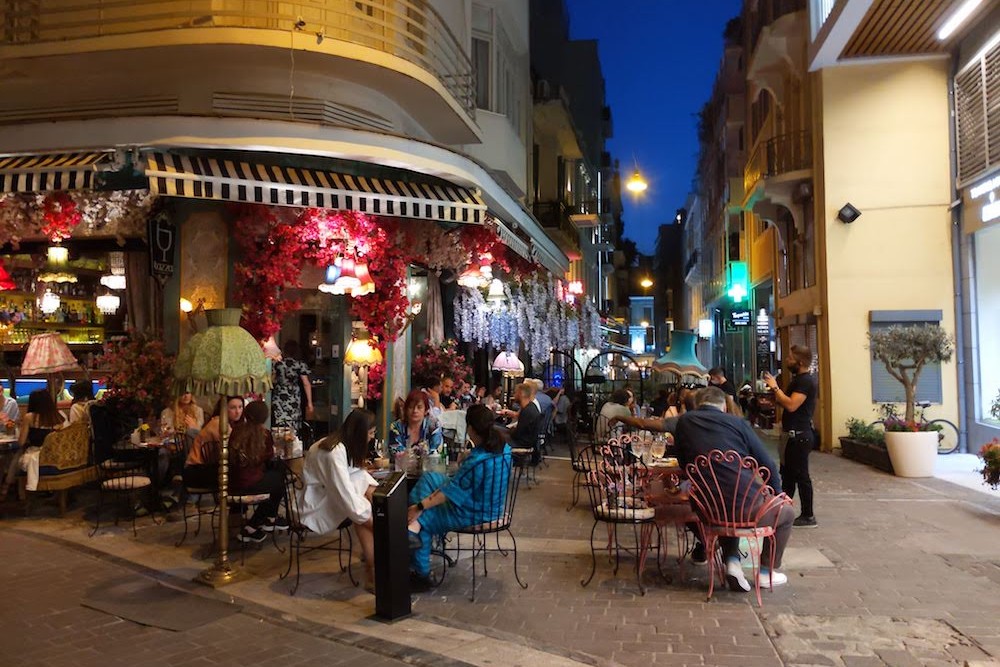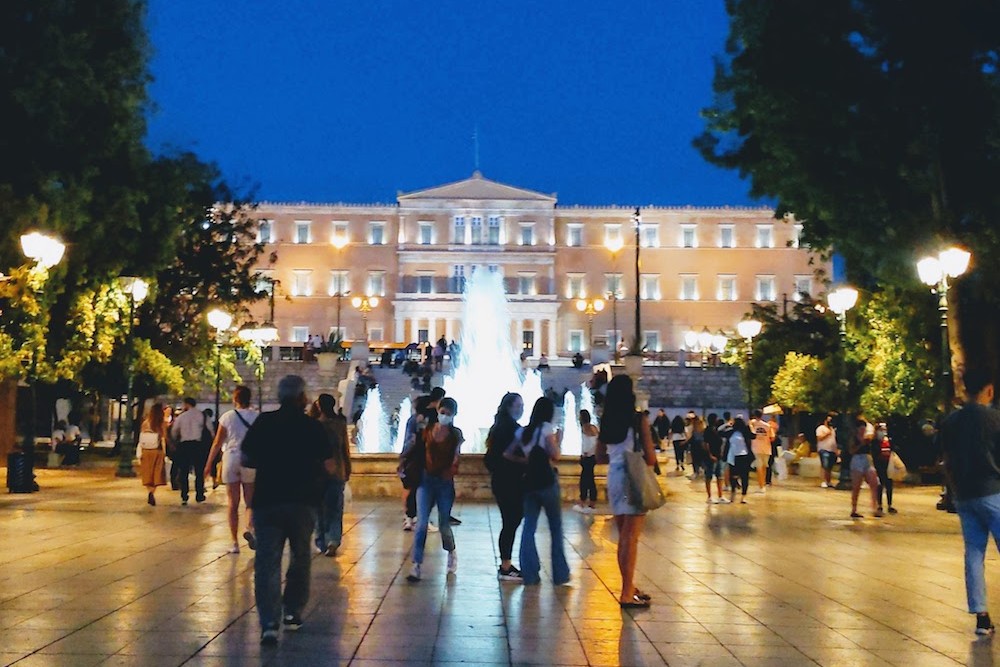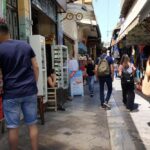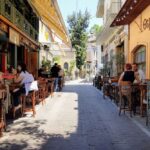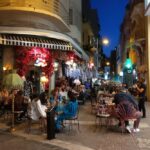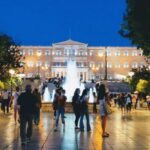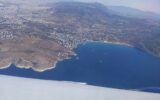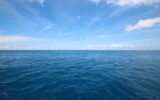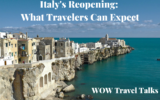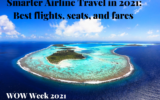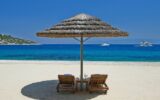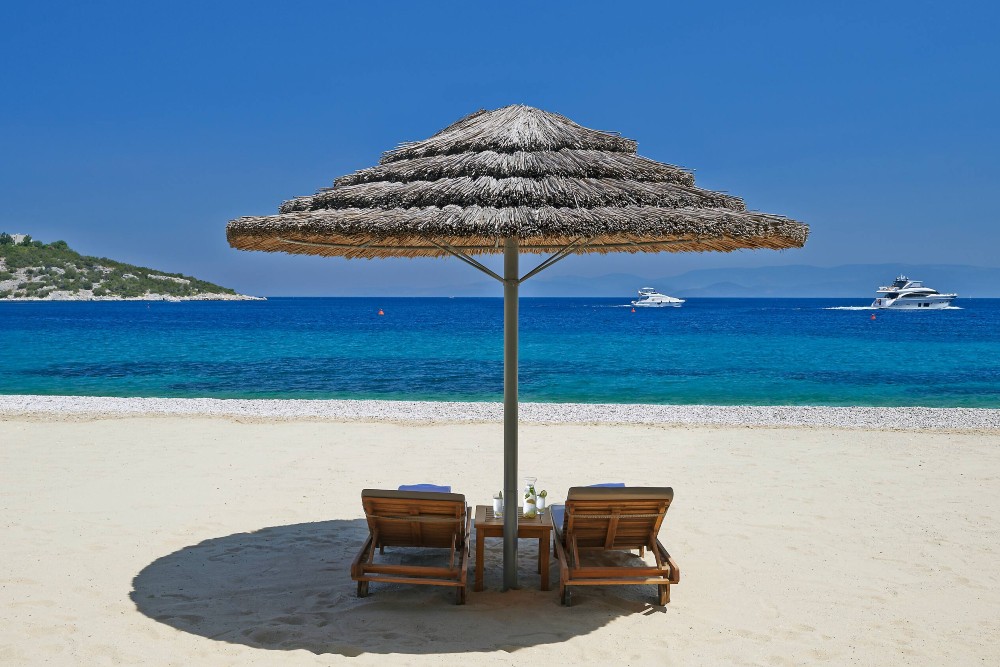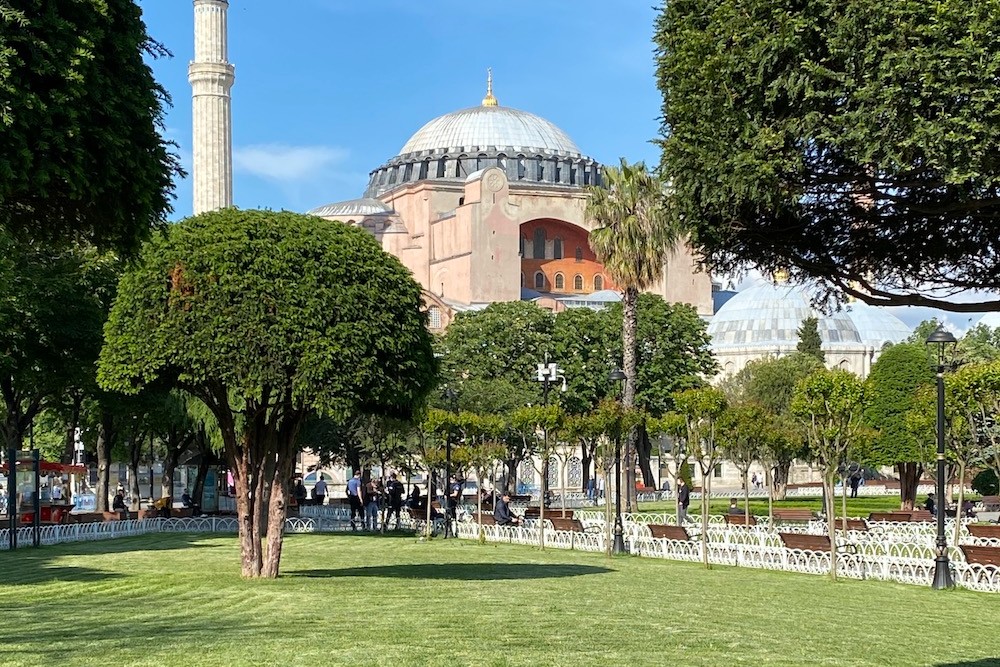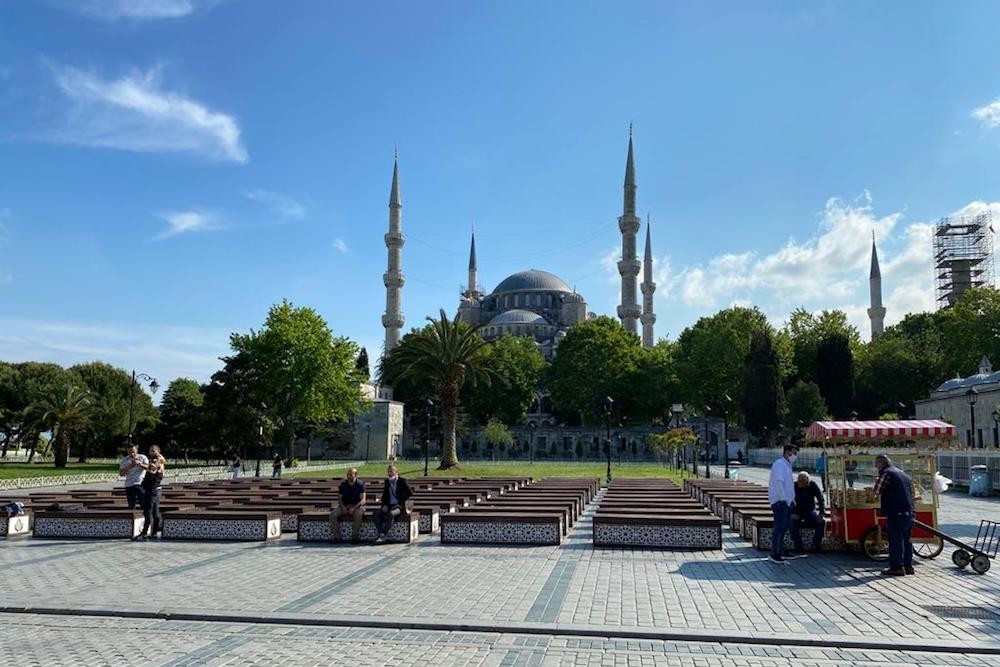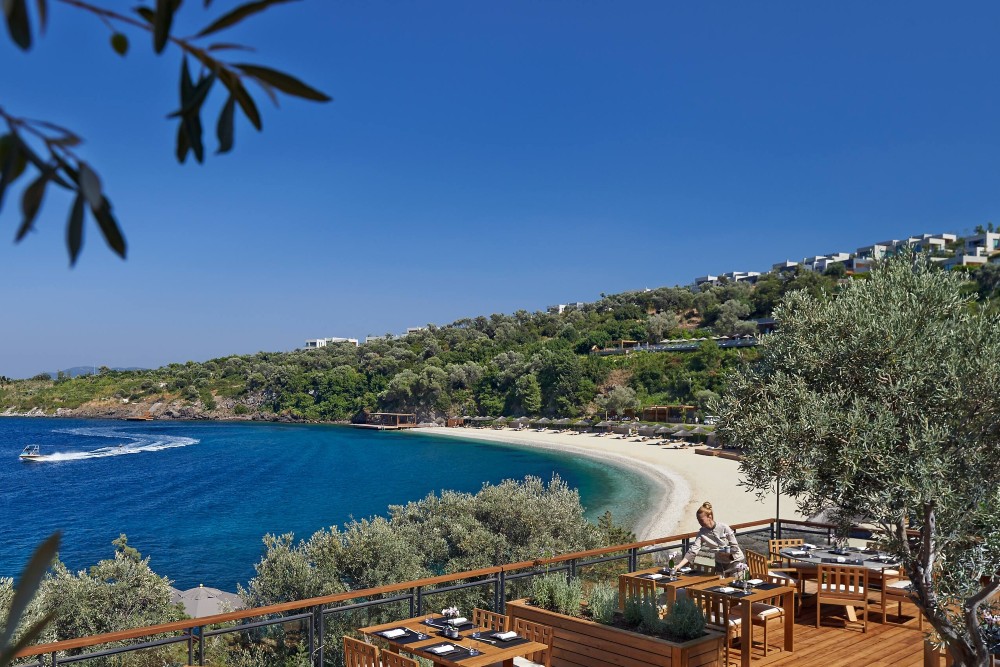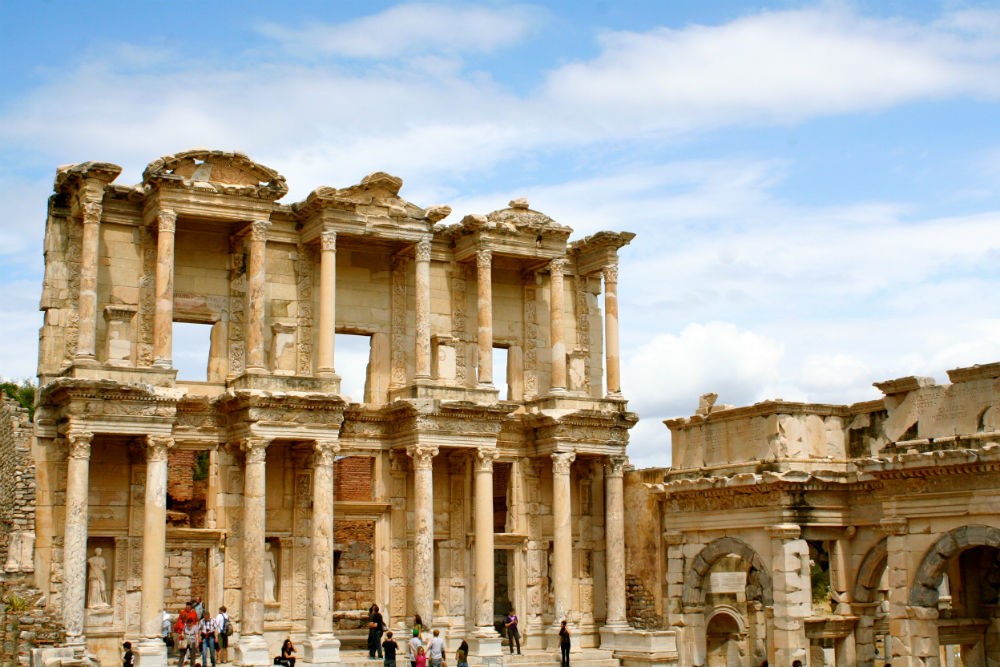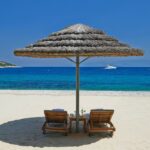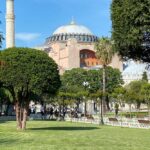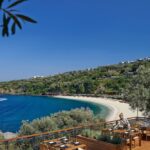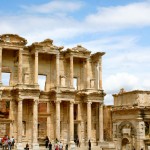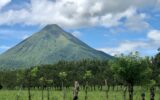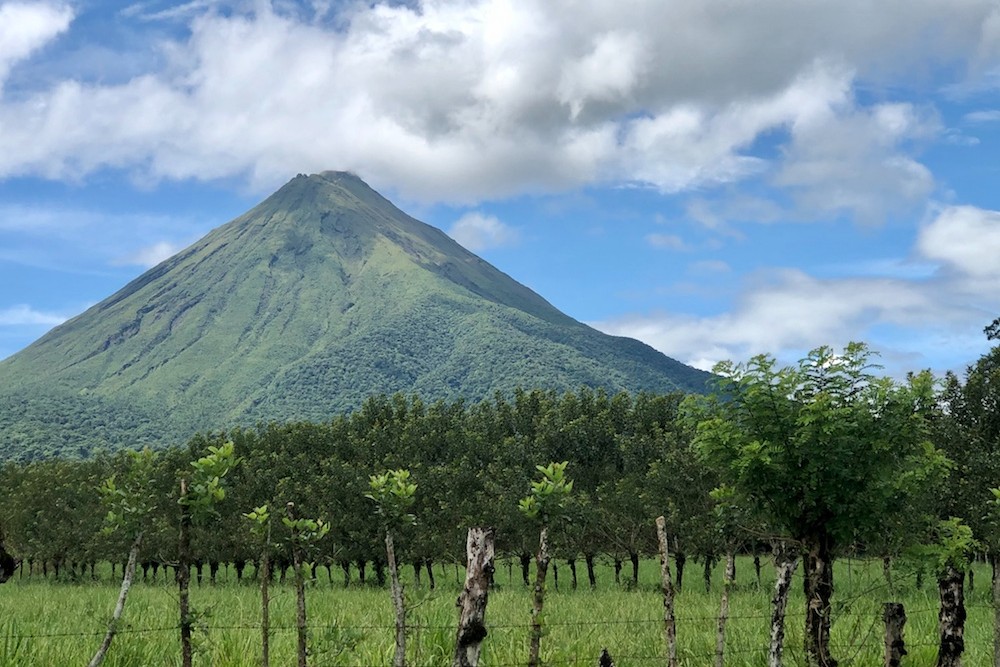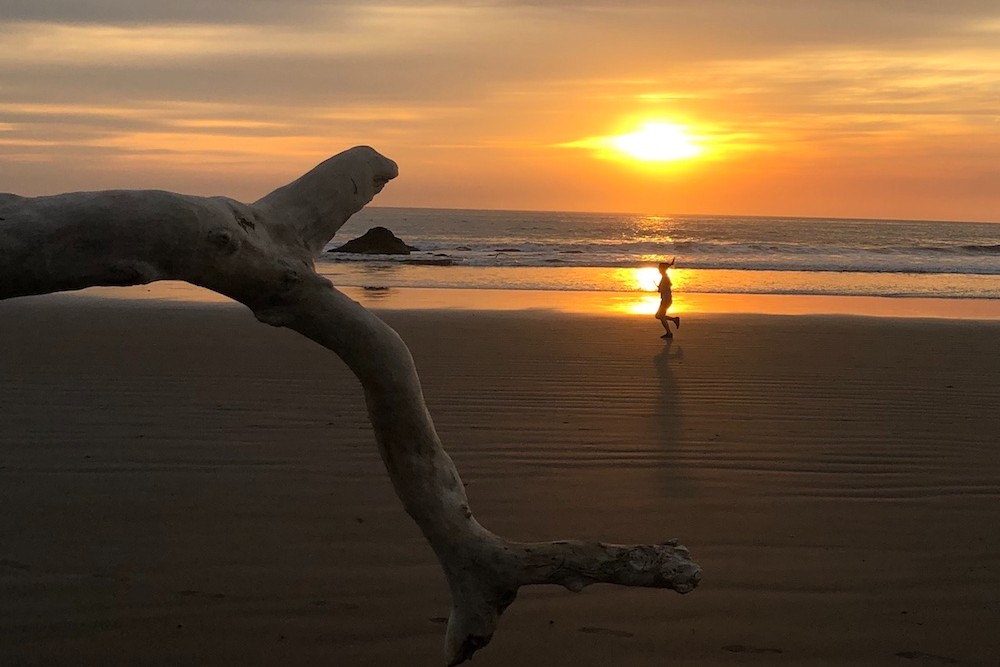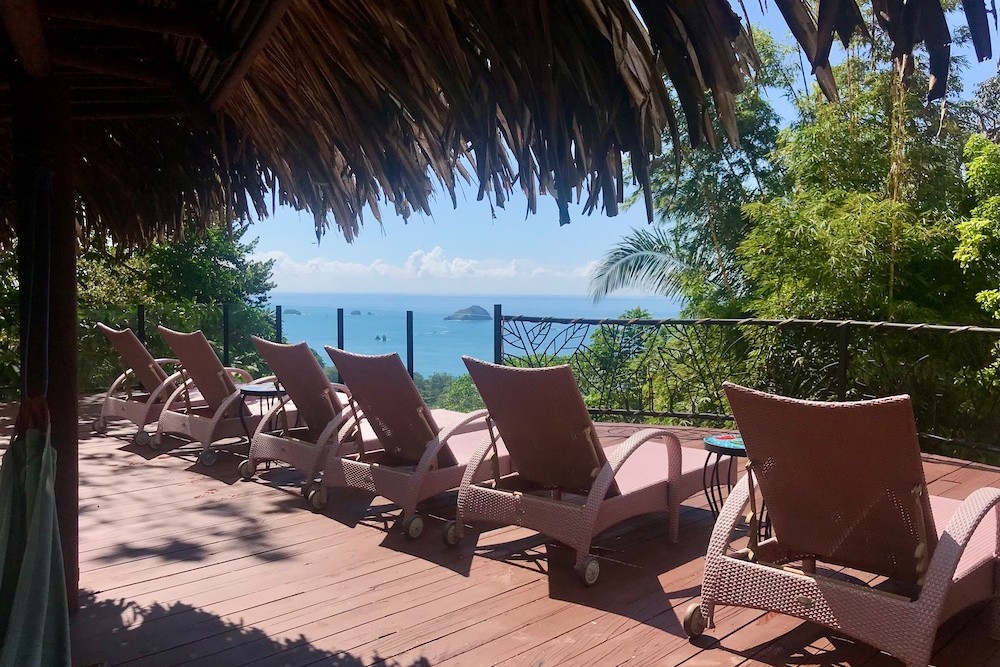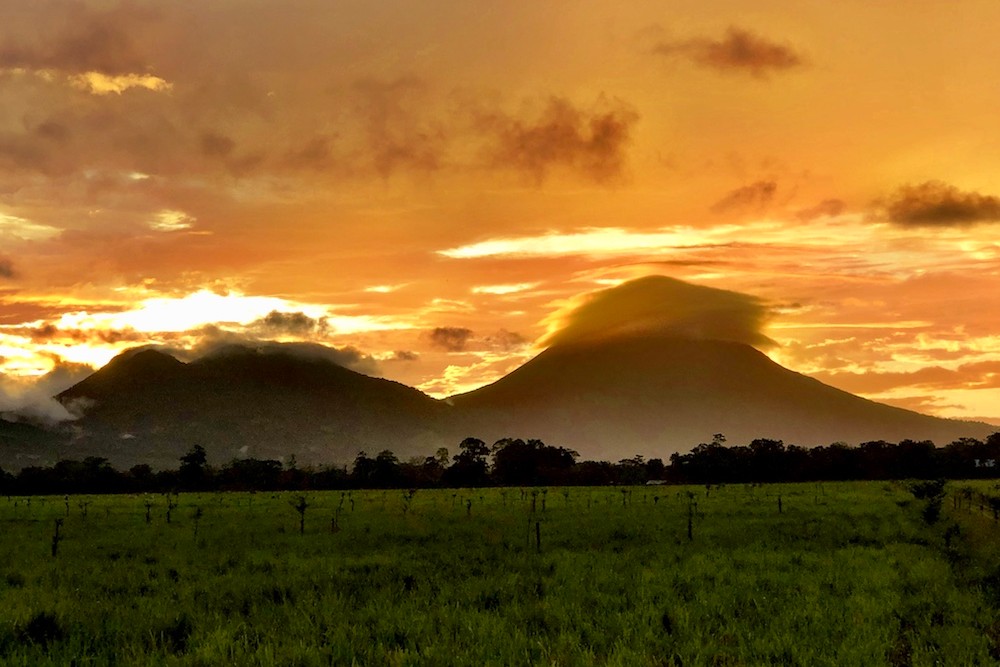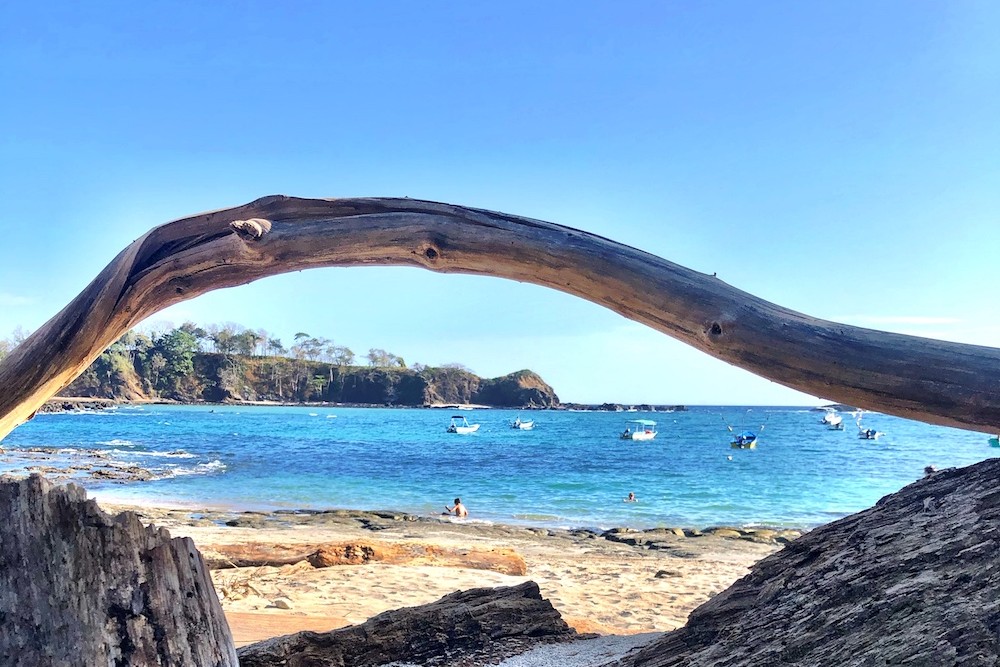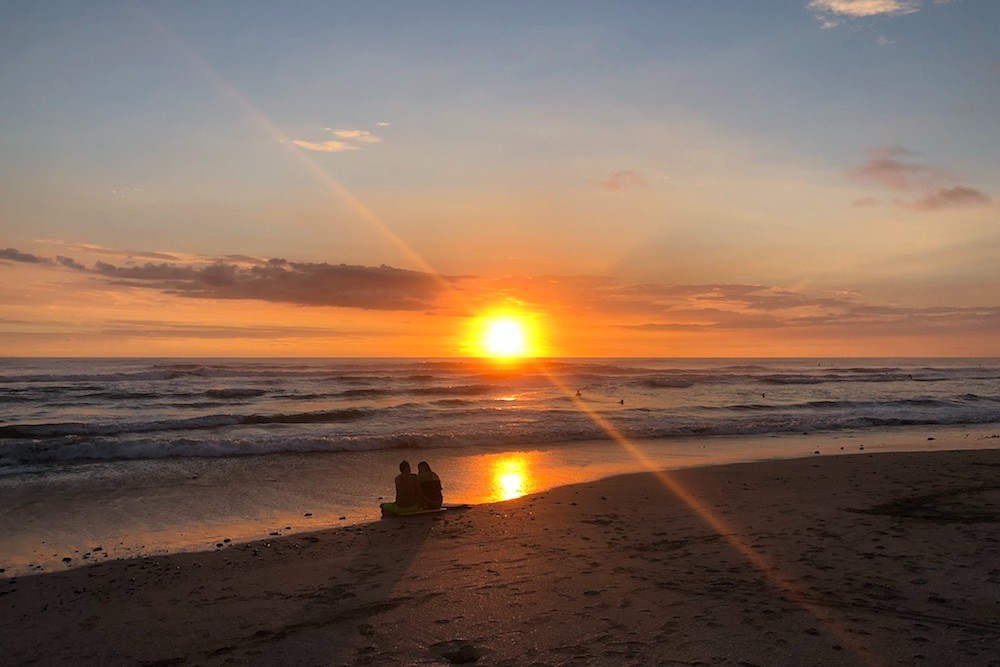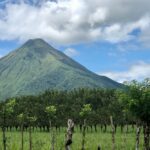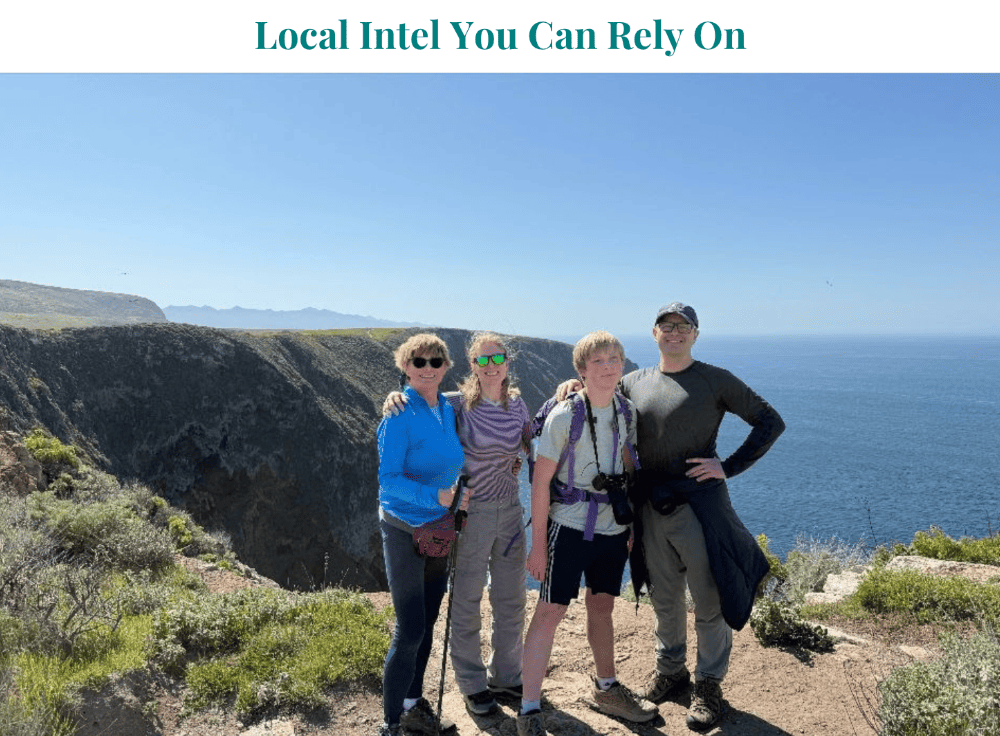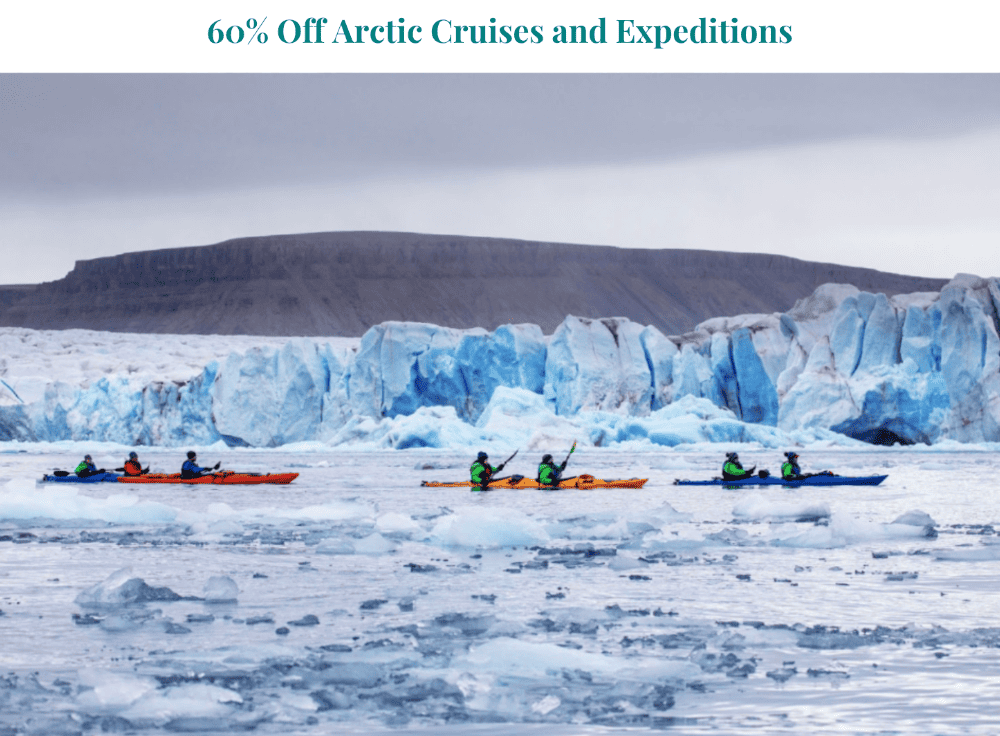Do not skip Madrid. The Spanish capital is buzzing, and the buzz is building, not just because of the easing of Covid restrictions—e.g., restaurants and bars are open until 1:00 am, and masks are no longer required outdoors as of June 26—but because this underrated, often overlooked city is on the verge of becoming the new It place. In the post-lockdown quiet of no tourists, you can get to know its people and experience its charms like never before.
I visited about a week after Spain opened to U.S. travelers in June, and this is what I learned:
It’s about the people
Madrid doesn’t have an iconic draw, like Barcelona and its Sagrada Familia. Nor does it have an aura around its name, like Paris. “People don’t have a mental image of what to expect, because we don’t have a monument like the Eiffel Tower,” says my local guide, Pablo, as we explore the city. In fact, he tells me, many visitors have admitted to him that they weren’t sure whether they should come to Madrid at all. “They think it’s just the business capital,” he says. “It is less obvious, it is less right in your face, it’s less monumental than other cities. But travelers who spend two or three days here start to see the way people live, and they understand that this is what makes Madrid special.” Even in my short visit, I can see what Pablo means. Madrid is real. Real people live here, doing real things, being their real selves, going about their real lives whether you’re there or not. It doesn’t feel like the tourist magnet that so many other famous European cities can feel like.
This is a remarkable kind of place to drop into as a traveler. In Madrid, it means there’s no barrier to seeing—and joining in—how residents get around and do their thing. They’re on the same streets as you are. And, especially now, there is no feeling of a tourist bubble in Madrid. One reason is that there are very few tourists. Another reason is that Madrid is Madrid. It is a cool city that doesn’t have an attitude about being cool.
“Madrid is very welcoming to people from everywhere, because it’s a city of people from everywhere, like New York,” Pablo explains. “No one is really from here, so it’s welcoming.” I ask him how a visitor might experience that feeling of welcome, especially if they’re only here for a few days. “You could talk to anyone, and no one would ever make you feel like you couldn’t go anywhere because you weren’t rich enough or local enough. Madrileños have a very welcoming and accepting nature.”
It’s about the food
A surge of four- and five-star hotel openings in the past few years has not only elevated the level of accommodations and service in Madrid—such as the brand-new Four Seasons Madrid and the Gran Meliá Palacio de Los Duques (a 19th-century palace where I stayed)—but it has helped draw attention to the city’s growing world-class culinary scene.
In addition to David Muñoz’s three-Michelin-star DiverXO, Madrid has four more restaurants with two stars, and another 14 that have earned one star. Of course you don’t have to seek out Michelin distinctions to eat well in Madrid—even the most casual tavernas can turn out a stellar tortilla de patatas (try several so that you can join the local debate of onions vs. no onions).
The tapas process has changed due to Covid, though. You’ll no longer have to elbow your way through a mob to reach the bar, nor will you be able to grab skewered snacks yourself (in most places they’re behind a barrier or not even lined up on the bar at all). Instead, for now, you have to sit down at a table (indoor dining is permitted in Spain), scan a QR code for the menu or look for a chalkboard posted on the wall, and order from a waiter. Although some tourists who’ve read guidebooks may be disappointed by the lack of a tapas-bar mosh pit, in my opinion that attitude misses the point of this tradition. Tapas isn’t a contact sport—it’s a lifestyle. It’s about hanging out with friends over good food and drink in your favorite local places.
And such hanging out is happening. Even on a Tuesday night, I ate my way through several tapas bars where groups of friends, and couples young and old, were enjoying small plates and small glasses of beer (order una caña so you don’t get too tipsy). What’s more, there’s a potential bonus to this new way of doing tapas, if you’re open to it. In my case, it was chatting with my waiter, who taught me a few key phrases so that I could order vegetarian tapas more easily, and who also told me about a gluten-free bakery run by his friend that I visited at a neighborhood market the next day (and where I got to chat with the baker too).
The other aspect of tapas crawls that Covid has changed is the hour they start. During the worst of the pandemic, when restrictions mandated that restaurants close early, they started to open earlier too. So, instead of dining at 9:00 or 10:00 pm, people started eating at 8:00 or 8:30. For now, that seems to be sticking. “Three years ago it would have been crazy to hear someone say they wanted to eat that early, but now it’s sensible,” Pablo says with a laugh. “You can eat early, then go for a drink later.”
Just as we want to go to the places that don’t have their usual long lines right now, so do the locals. So, a longtime Madrid resident who normally would not bother to battle the tourist mob at Chocolatería San Ginés (which has been written up in countless guidebooks for its chocolate and churros) is more inclined to revisit such popular spots now. “There were places I thought I’d never again go back to because of the crowds,” Pablo tells me. “But this is the type of thing that we Madrileños are starting to do more—we are taking advantage of this parentheses in history.” And, with that, he insists that I too take advantage of the lack of tourists at San Ginés—but that I must also sample the chocolate at Valor (his favorite) and report back with my opinion. My favorite kind of assignment.
It’s about the arts
As much as I love all the food and desserts, Madrid’s world-class art scene is worth the visit alone: The Prado is renowned for its collection of Velazquez, El Greco, Goya, and Bosch; the Museo Reina Sofía boasts Picasso’s Guernica along with other masterworks of contemporary art; and the Museo Nacional Thyssen-Bornemisza makes the third “point” of Madrid’s so-called Golden Triangle of art, with its impressive private collection of Western paintings. But there’s so much more: the Biblioteca Nacional de España (which has exhibits of works on paper, like one of illuminated manuscripts that I took in), the Museo de América, and the National Archaeological Museum; plus a slew of smaller galleries and hip cultural centers like the Matadero Madrid, a contemporary-arts hub in a converted slaughterhouse that presents exhibitions, events, and festivals across a wide range of disciplines. And right now is a great time to have these venues to yourself. For instance, there was no line at all to get into the Prado. I was able to walk right up and buy a ticket at the spur of the moment, and although there was an initial congregation of visitors in the first few galleries, I found myself blissfully alone in many of the rooms after that.
Madrid also has a big theater scene that offers Spanish-language versions of popular Broadway musicals and plays, plus a thriving “off Broadway” too. “Theaters were one of the first things to open,” Pablo points out to me, as evidence of how important they are to the lifestyle here. “On a weekend [pre-pandemic], there could be 100 to 140 performances around the city.” Theaters are currently open and operating at limited capacity, and more performances are in the works.
It’s about urban design
Madrid’s art isn’t just inside the buildings. It is the buildings. Take the time to stroll around: Grand palaces and frilly cake-like mansions are everywhere. I recommend a walk along Paseo del Prado toward the elaborate city hall and then down Calle de Alcalá toward Puerta del Sol, where, if you’re so inclined you might stop for a leches merengada ice cream at Palazzo or a cream pastry at La Mallorquina. Even the residential buildings are lined with petite iron-railed balconies that remind me of Paris.
Madrid’s green spaces are just as dramatic. Parque de El Retiro is a sprawling, sculpted green space on the east side, where a crystal palace glitters over a small lake at the top of the hill, and you can take rowboats out on a larger lake nearby. Even on a weekday, the park was alive: I saw a group exercise class, couples of all ages walking hand in hand, plenty of dog owners running their pets, and a surprising number of roller bladers. There are formal gardens and fountains and snack areas, but my favorite features of the park are the many shaded quads, perfect for picnics or just relaxing and reading up on what to do with the rest of your day.
On the west side of the city, there’s Casa de Campo, 16th-century royal hunting grounds that were converted into the city’s largest public park and forest preserve in the 1930s. If the trails, sports fields, and pool don’t provide enough outdoor activity for you, there’s also an amusement park on the grounds.
In between Retiro and Casa de Campo is the Parque Madrid Rio, a more recent addition that transformed the banks of the Manzanares River into a green space for biking, walking, and admiring the many pedestrian bridges that span the small waterway. Don’t miss the super-modern, spiraling-metal Arganzuel Footbridge or the 18th-century Baroque stone Puente de Toledo.
It’s the perfect time
This unusually quiet, post-lockdown moment has created an unexpected side effect: Being in Madrid now, when the city is remarkably free of tourists and when locals are seamlessly getting back to their normal lives, reveals what makes this place awesome. Tourists are going to realize it soon and descend in droves, so get here before it becomes a hot spot.
And give yourself enough days to dive in: Talk to people; stroll the streets; take in as many museums, galleries, theater, and dance performances as you can; and, of course, eat as much as you can too. The right travel fixer can spotlight the coolest experiences, open doors to more Madrileños than you could meet on your own, and connect you with a great local guide. Virginia Irurita, one of Wendy’s recommended travel specialists for Spain, matched me with Pablo, and it was like hanging out with an old friend who totally got me. I might just frame the piece of paper on which he wrote down all his favorite dinner and dessert spots.
Transparency disclosure: So that I could investigate Spain on your behalf, Gran Meliá Palacio de Los Duques provided two nights’ complimentary accommodations, and Virginia Irurita arranged for a half day of private guiding with Pablo.
Be a safer, smarter traveler: Sign up for Wendy’s weekly newsletter to stay in the know. And read real travelers’ reviews of Wendy’s WOW List and use it to plan your next trip.



